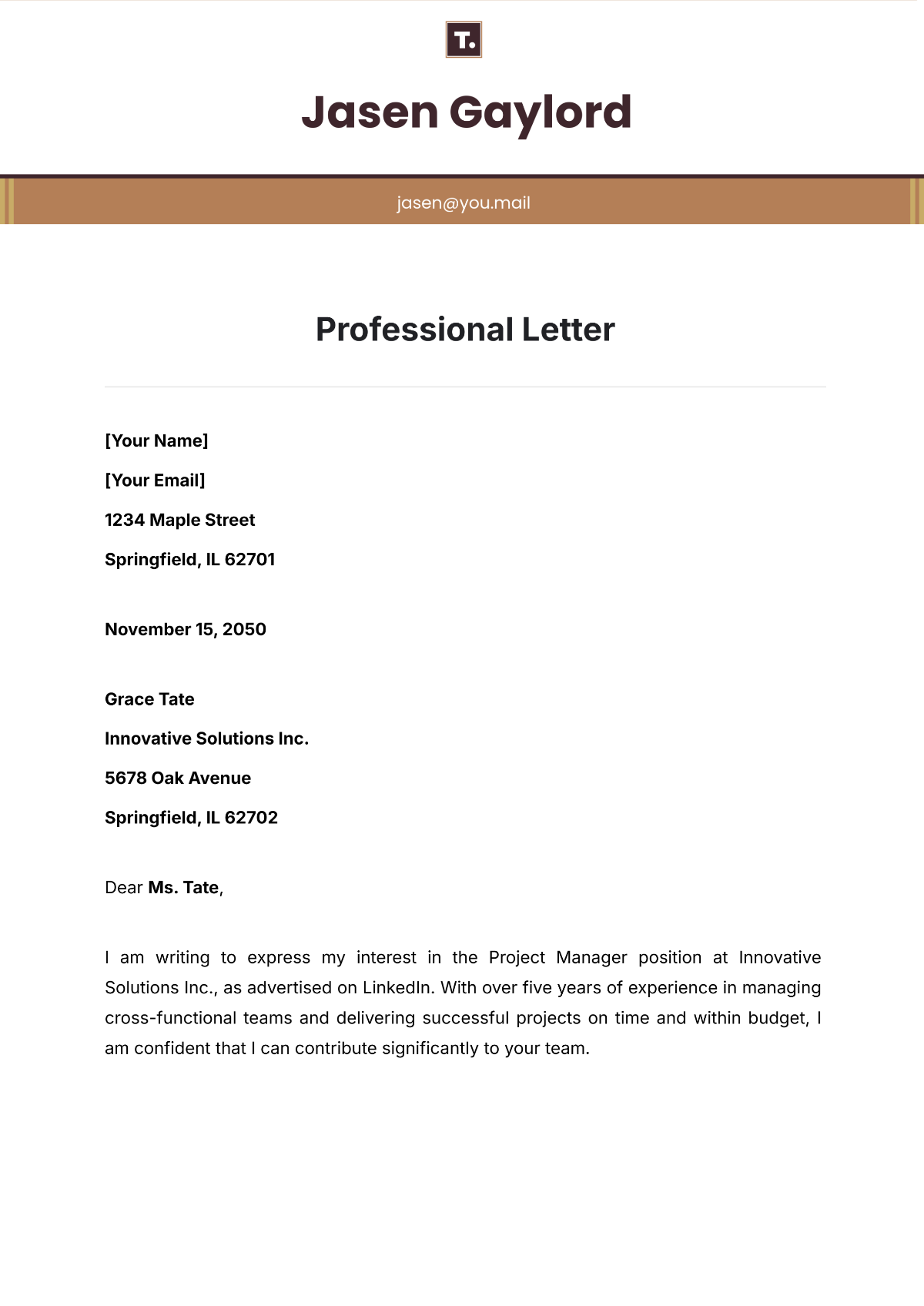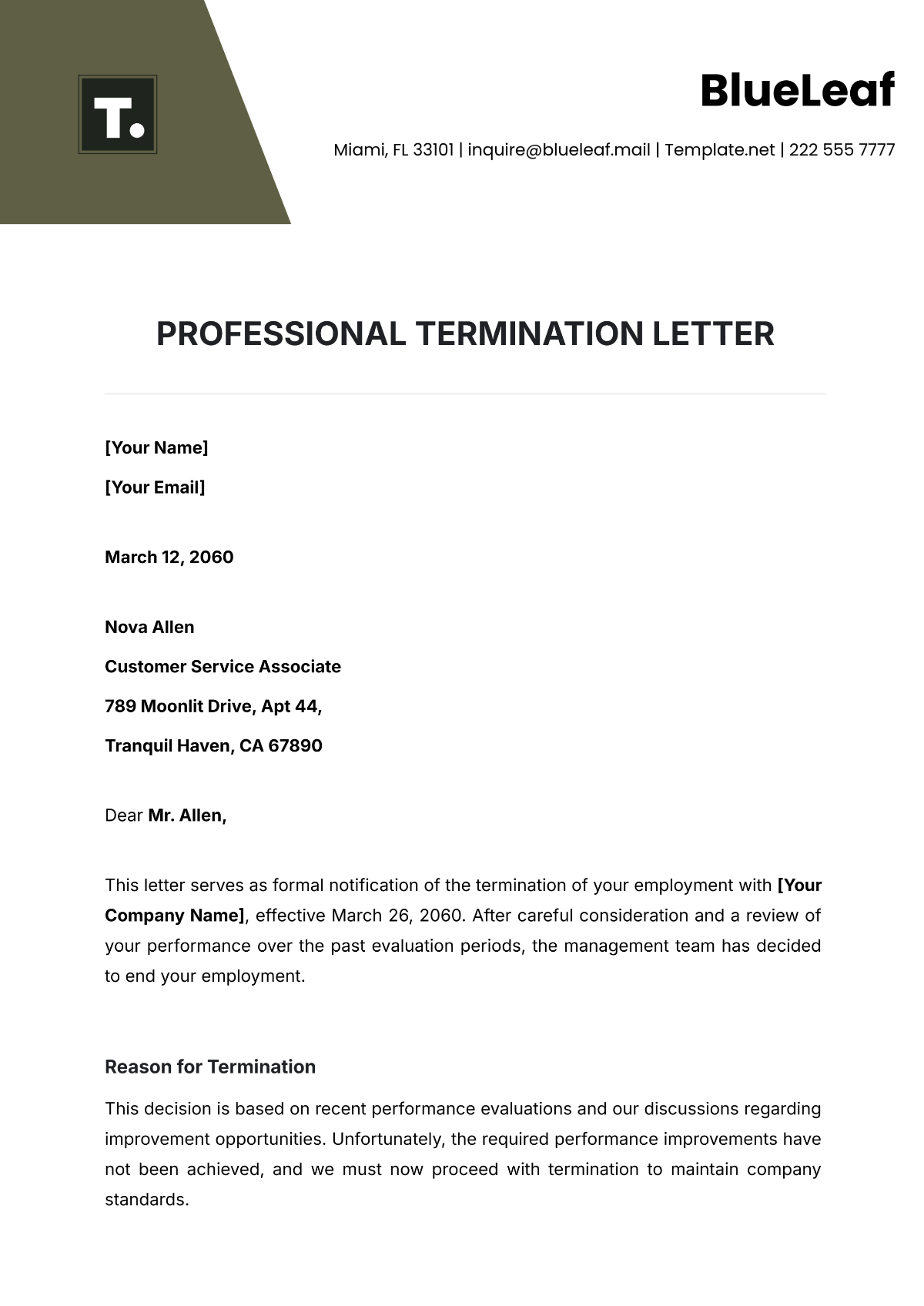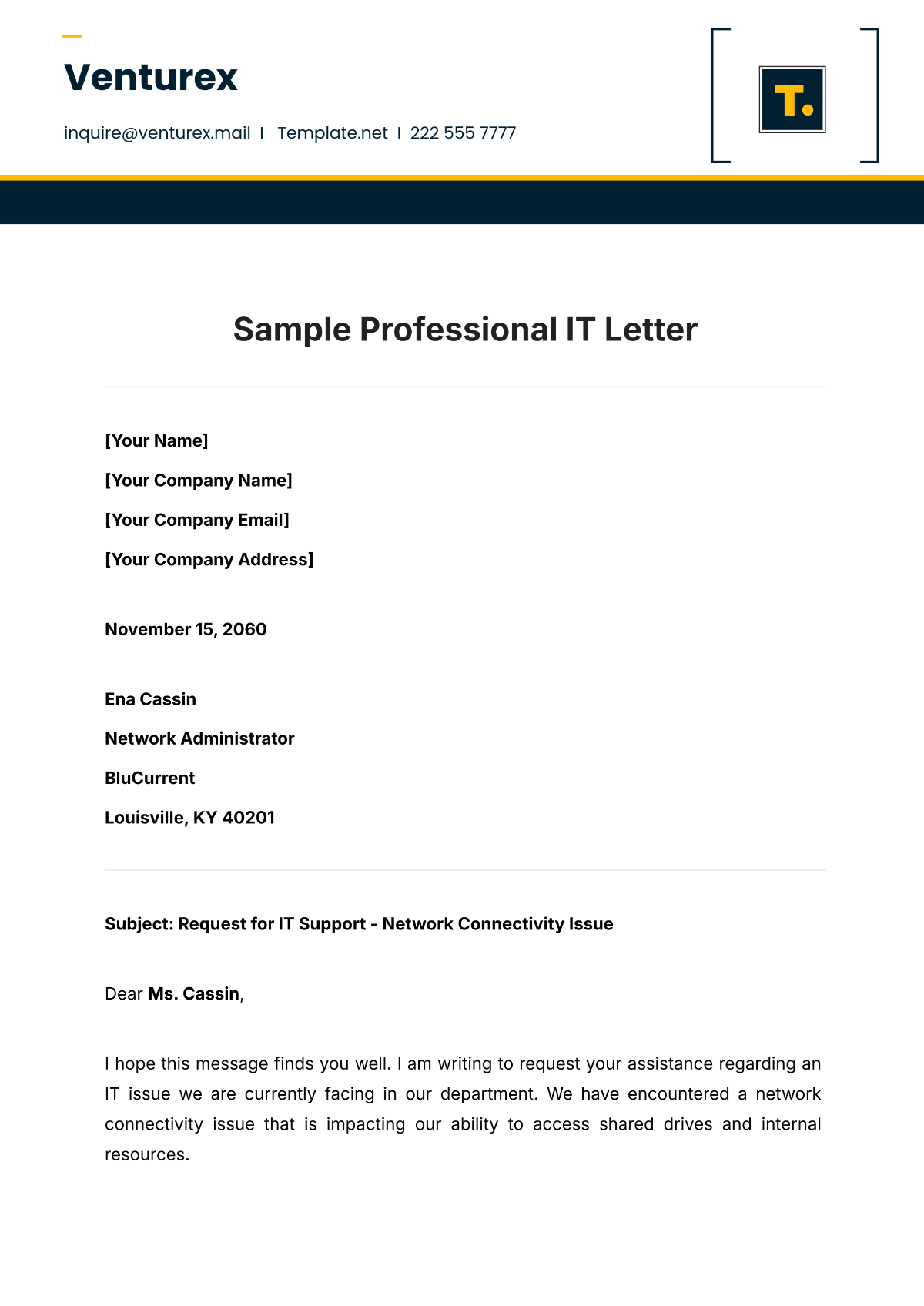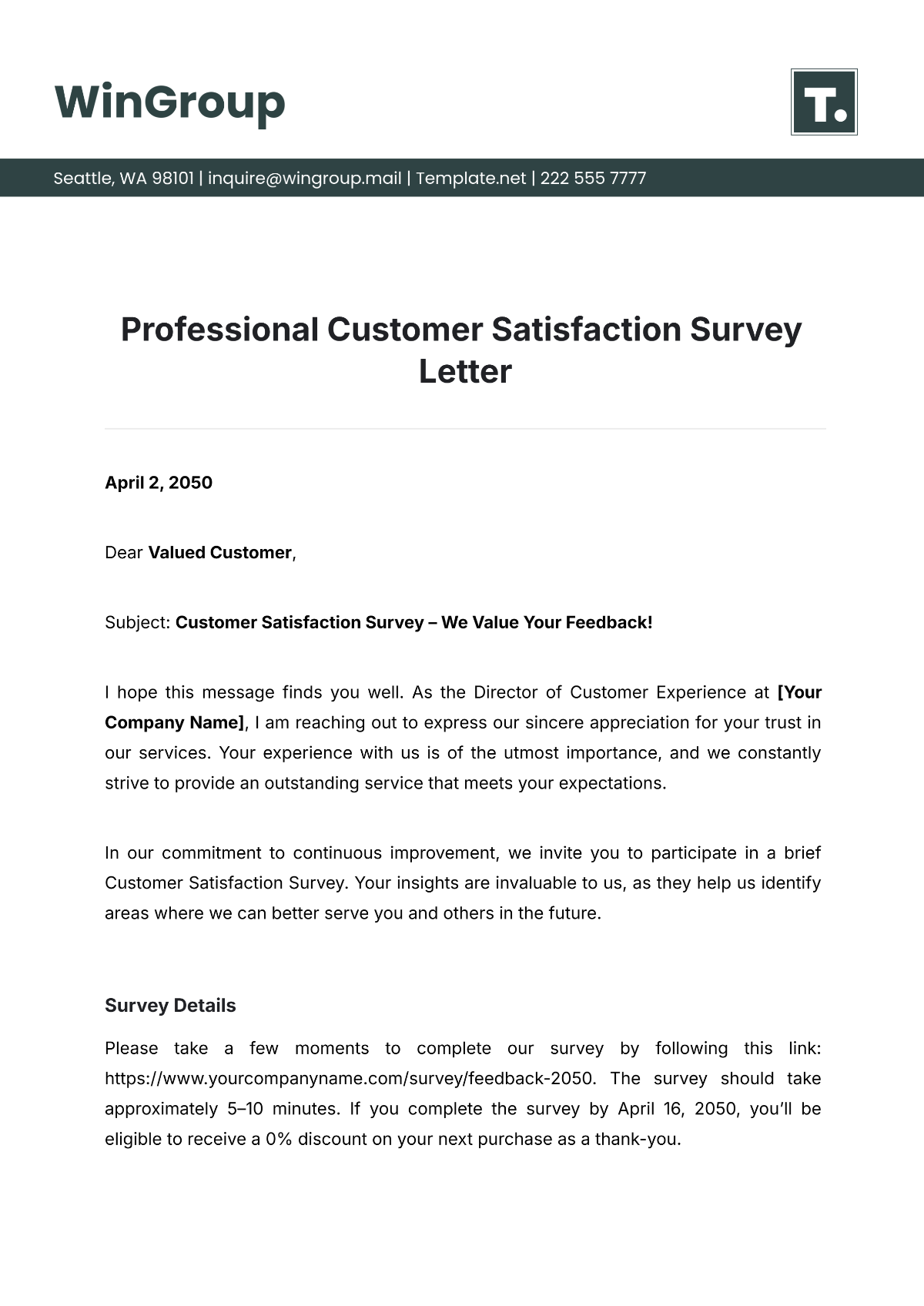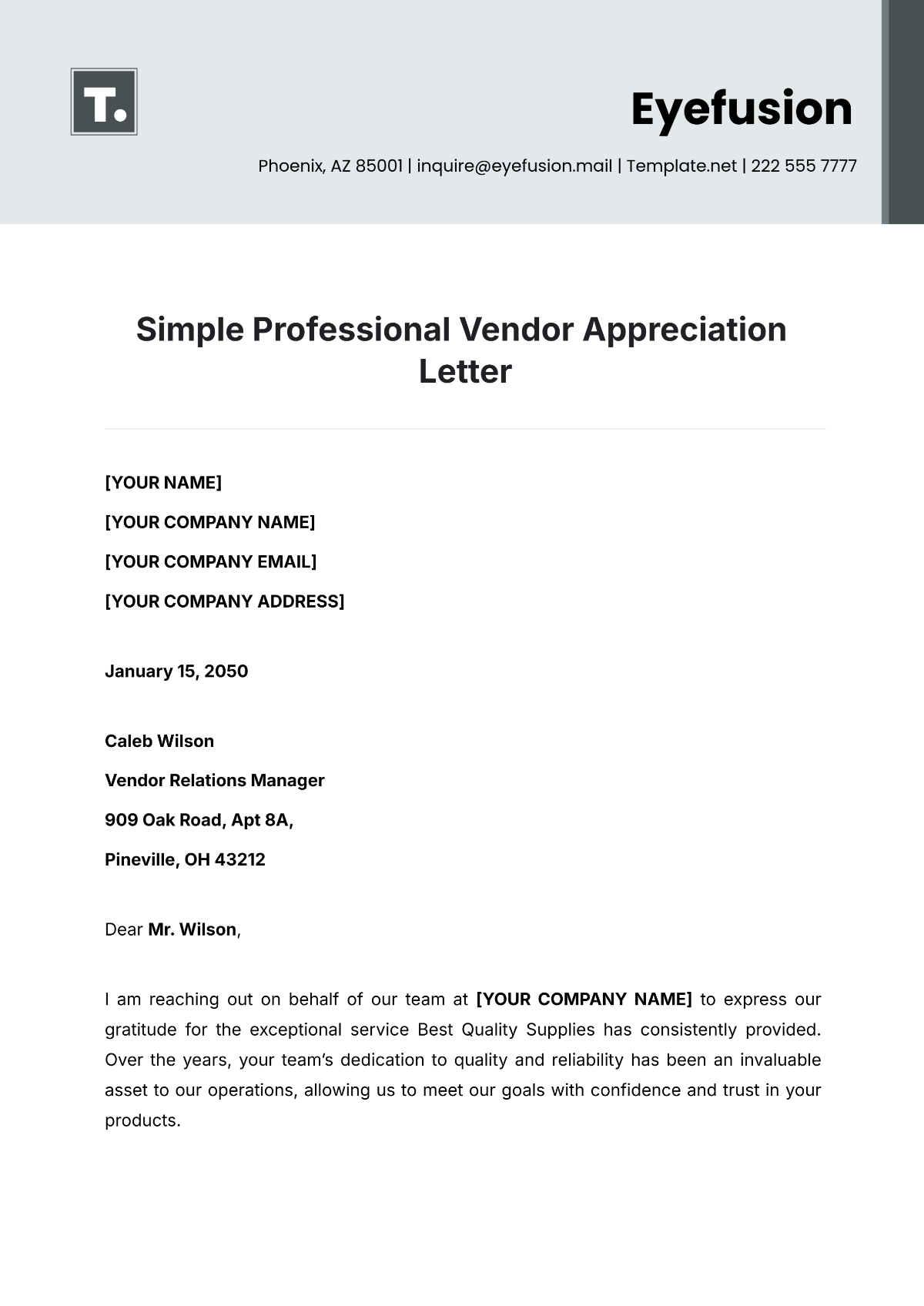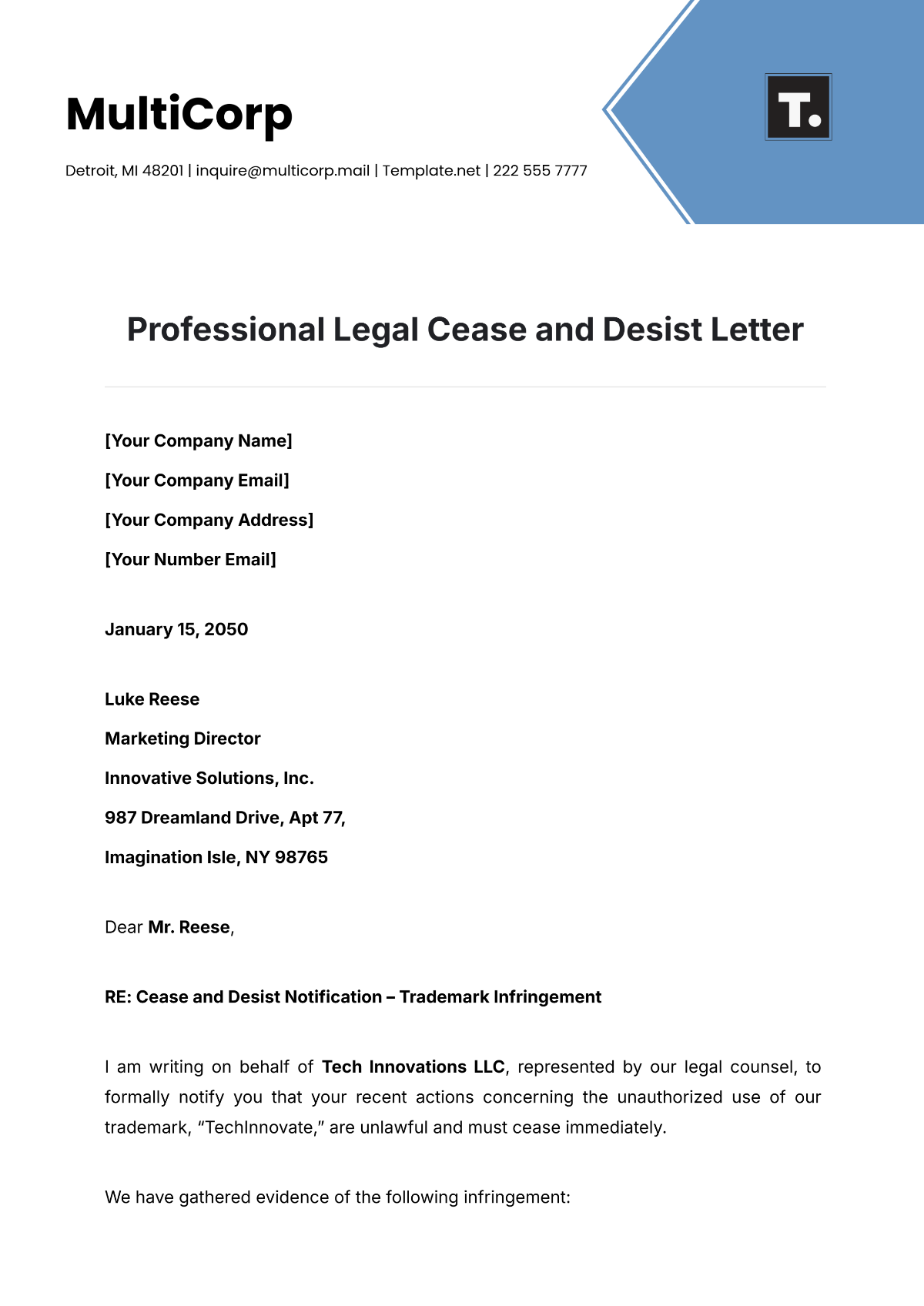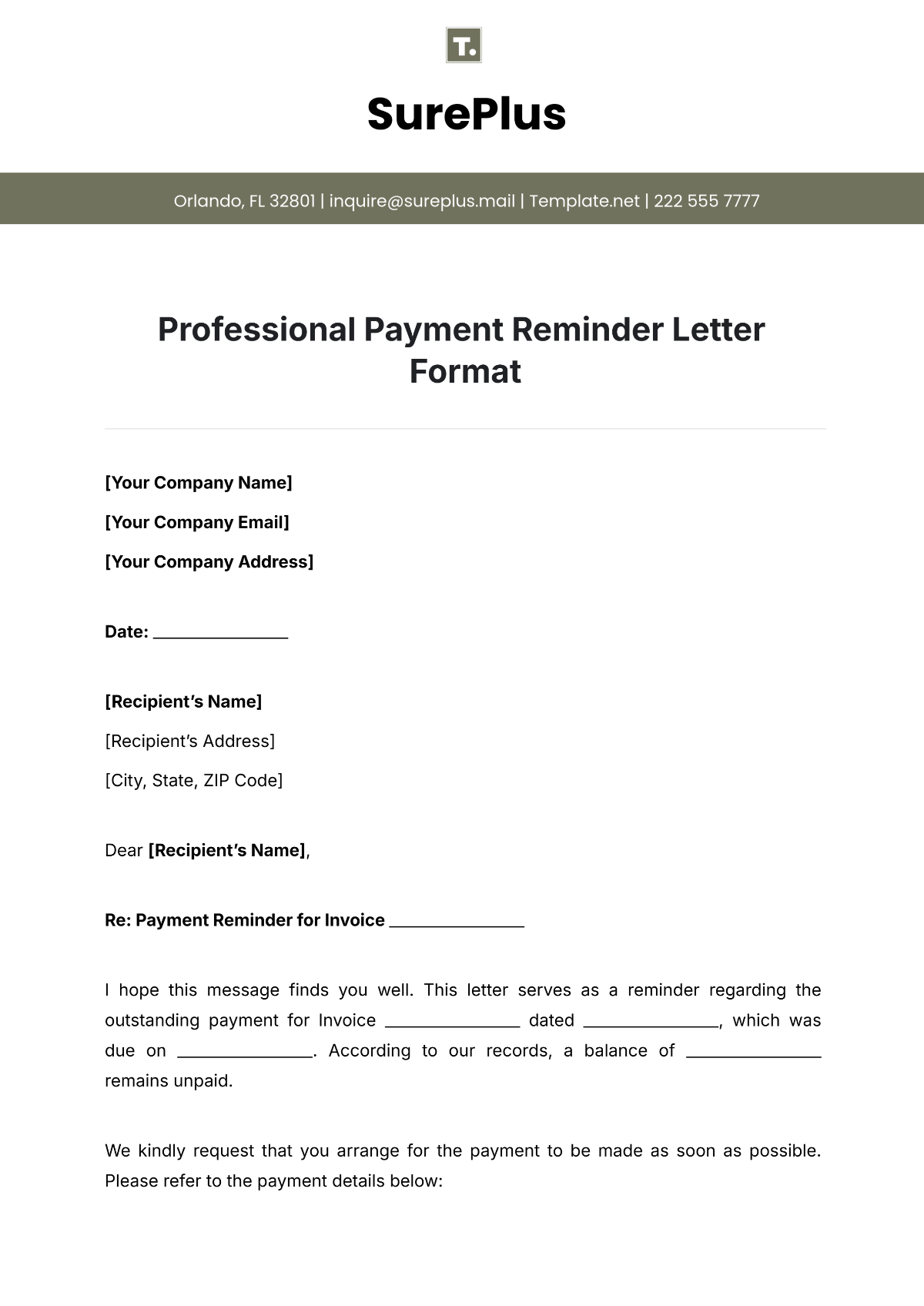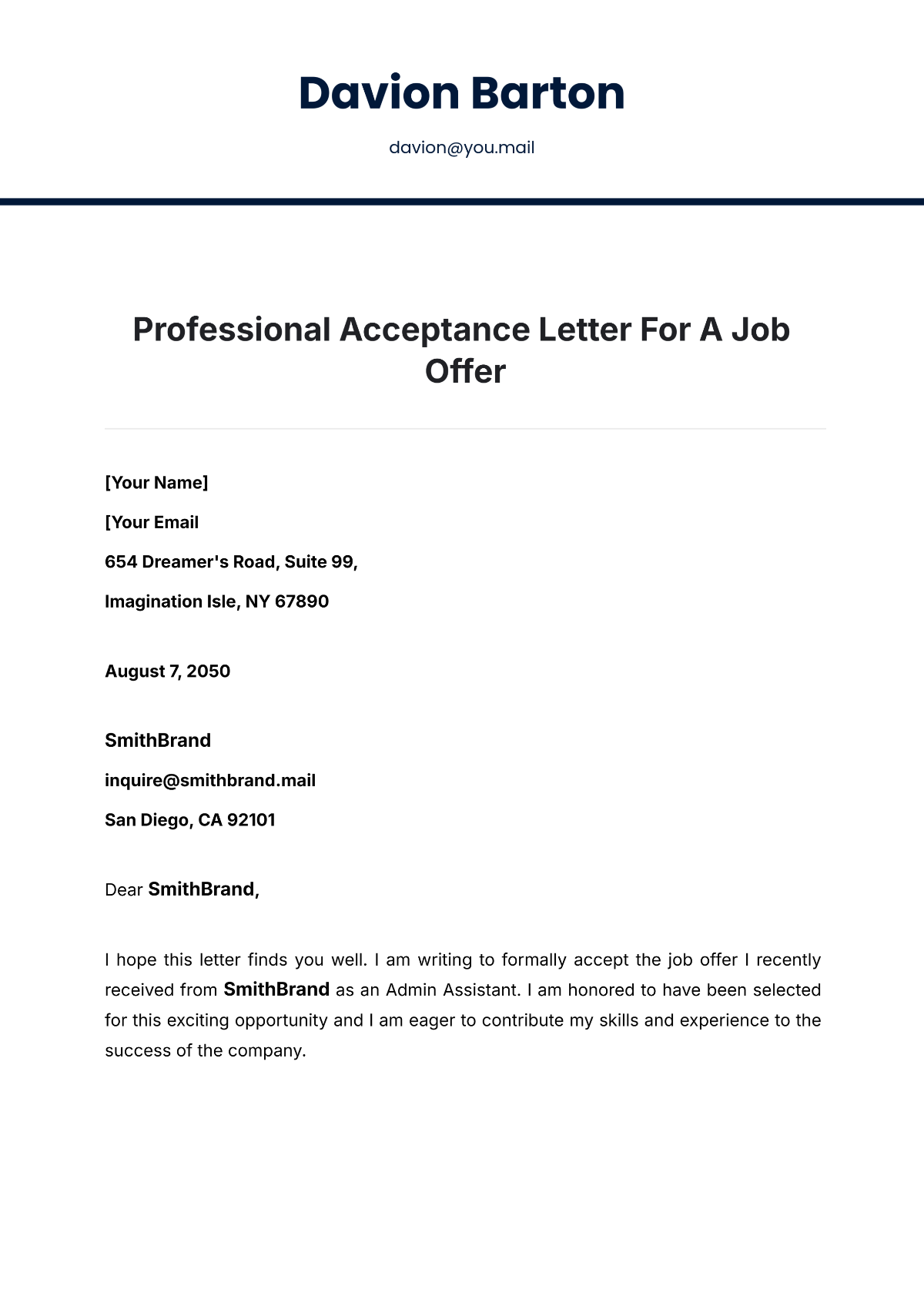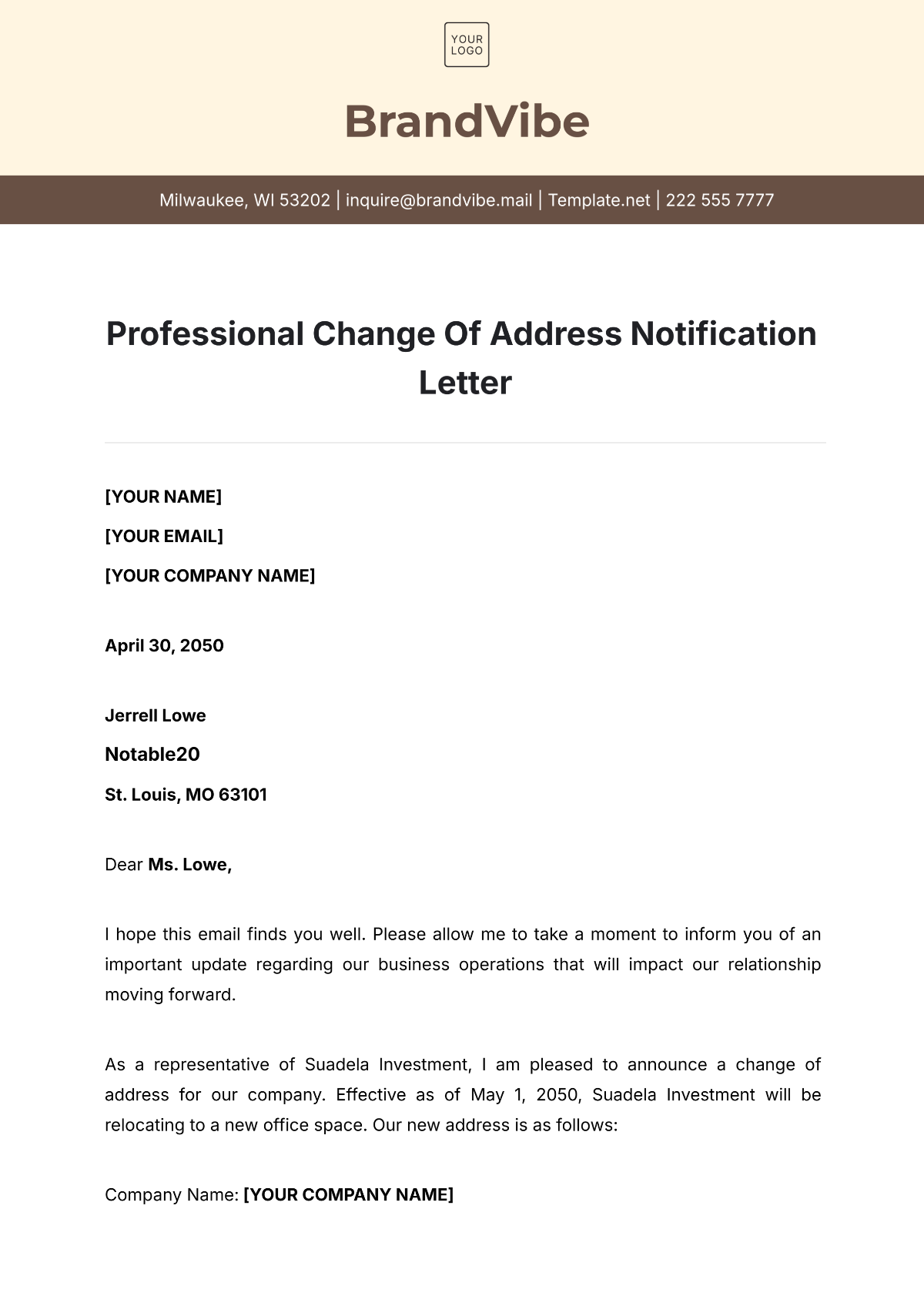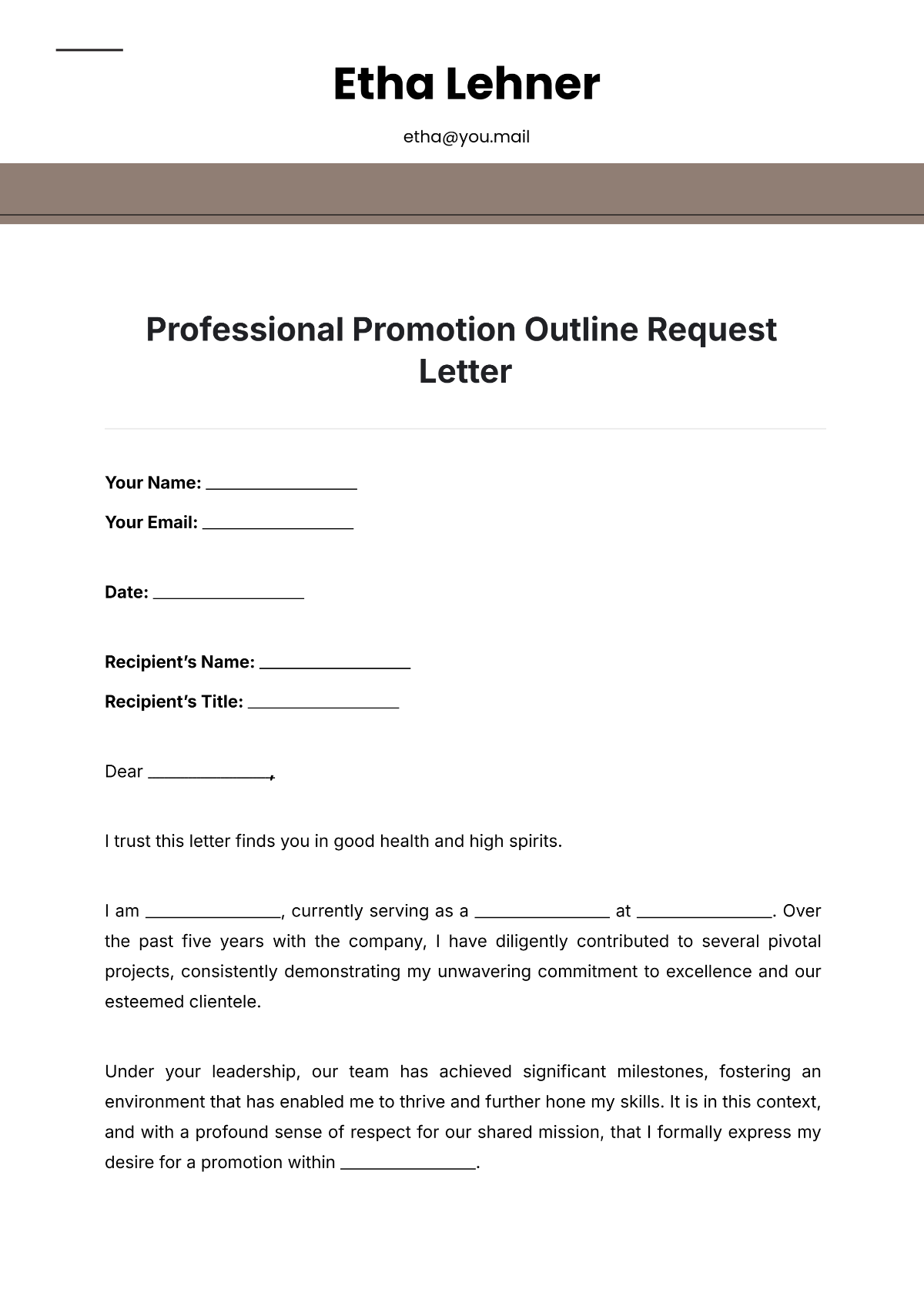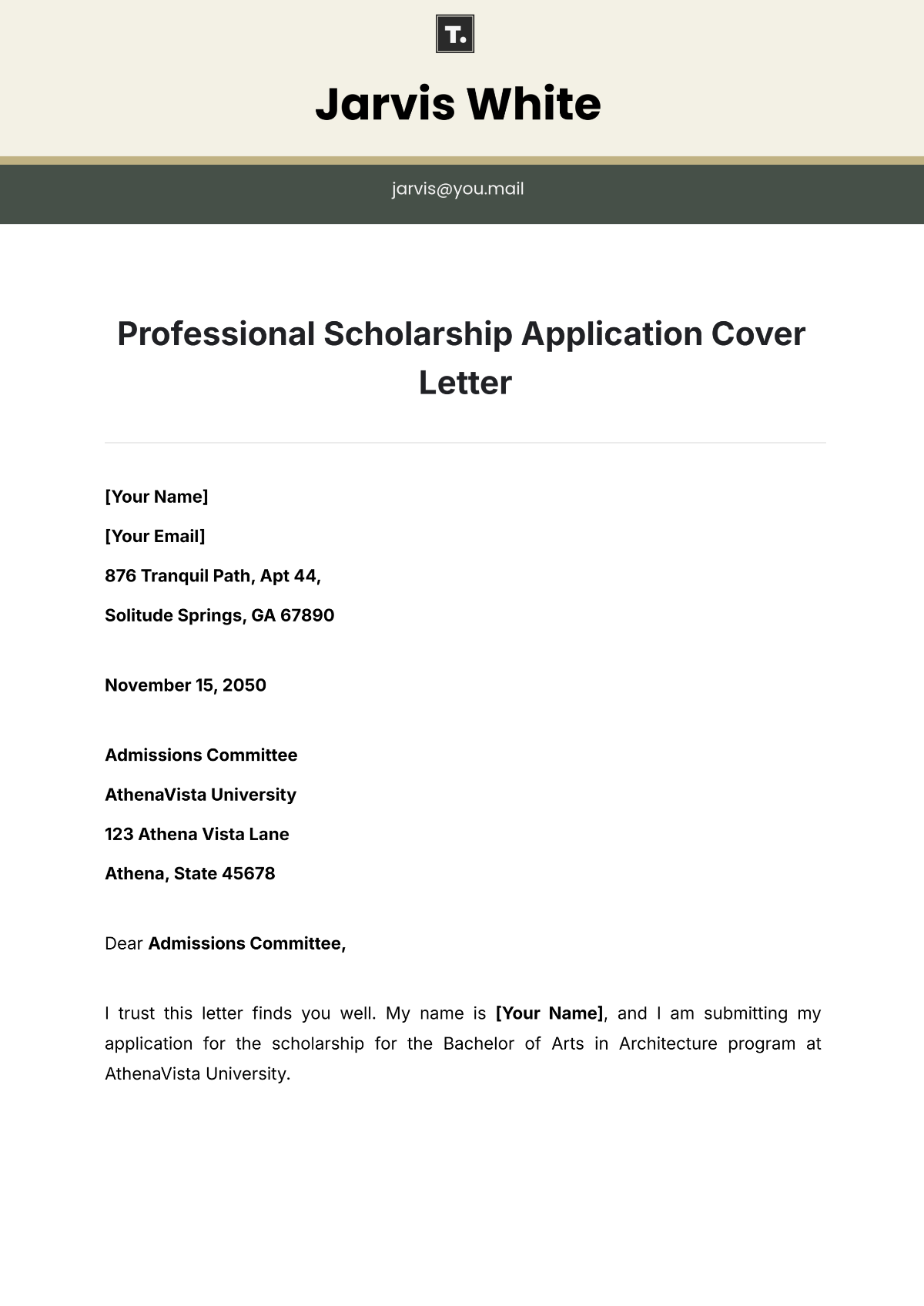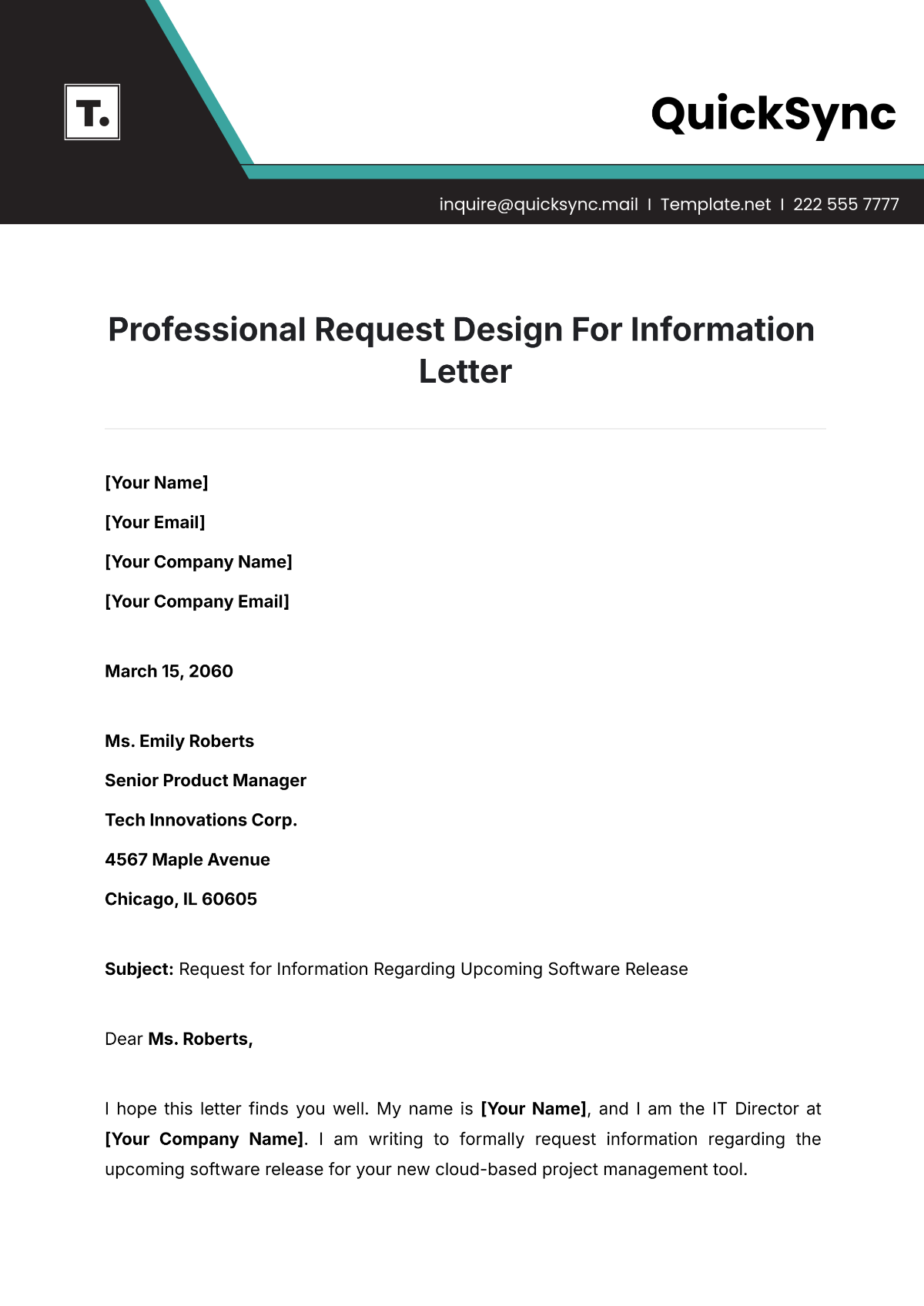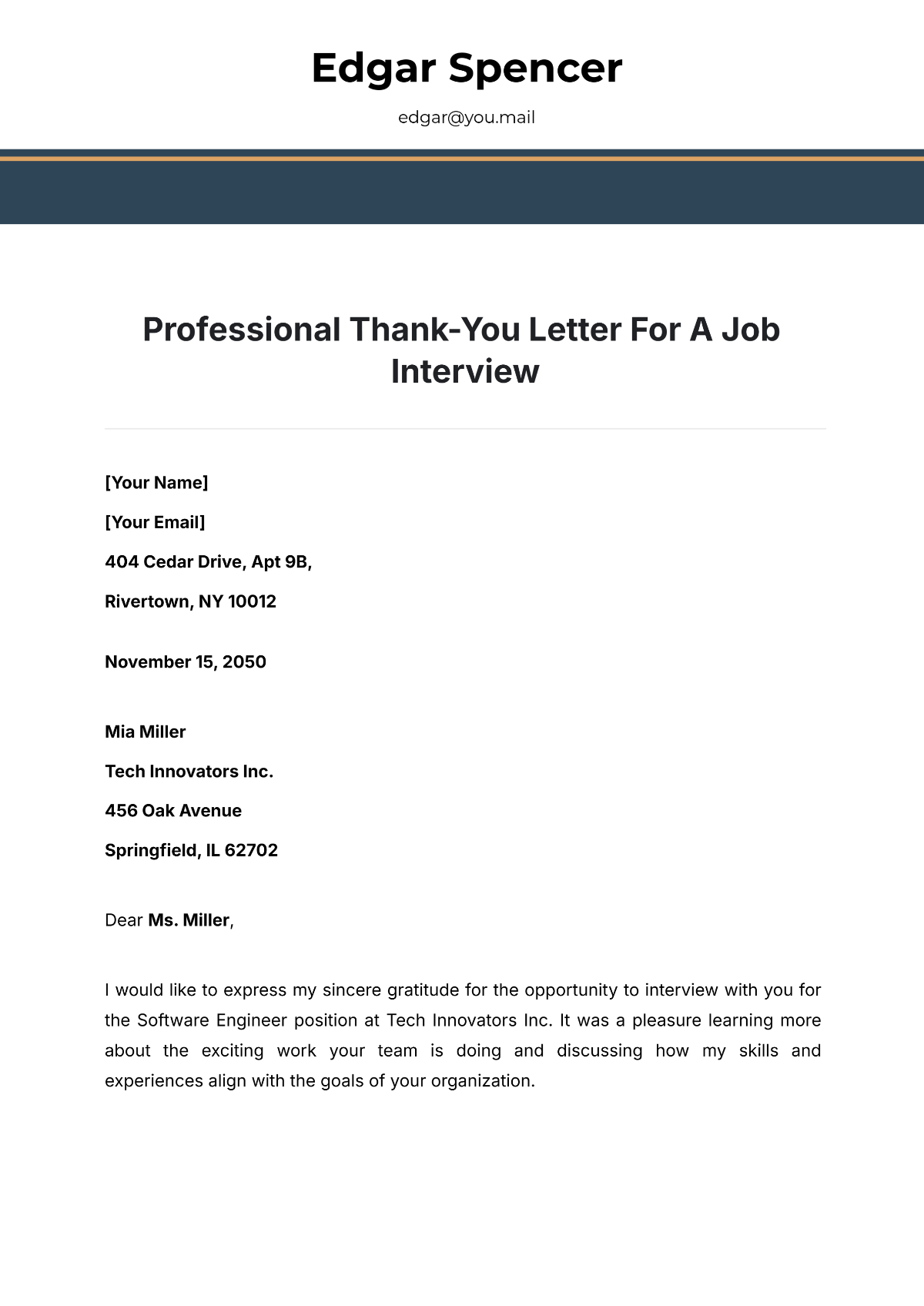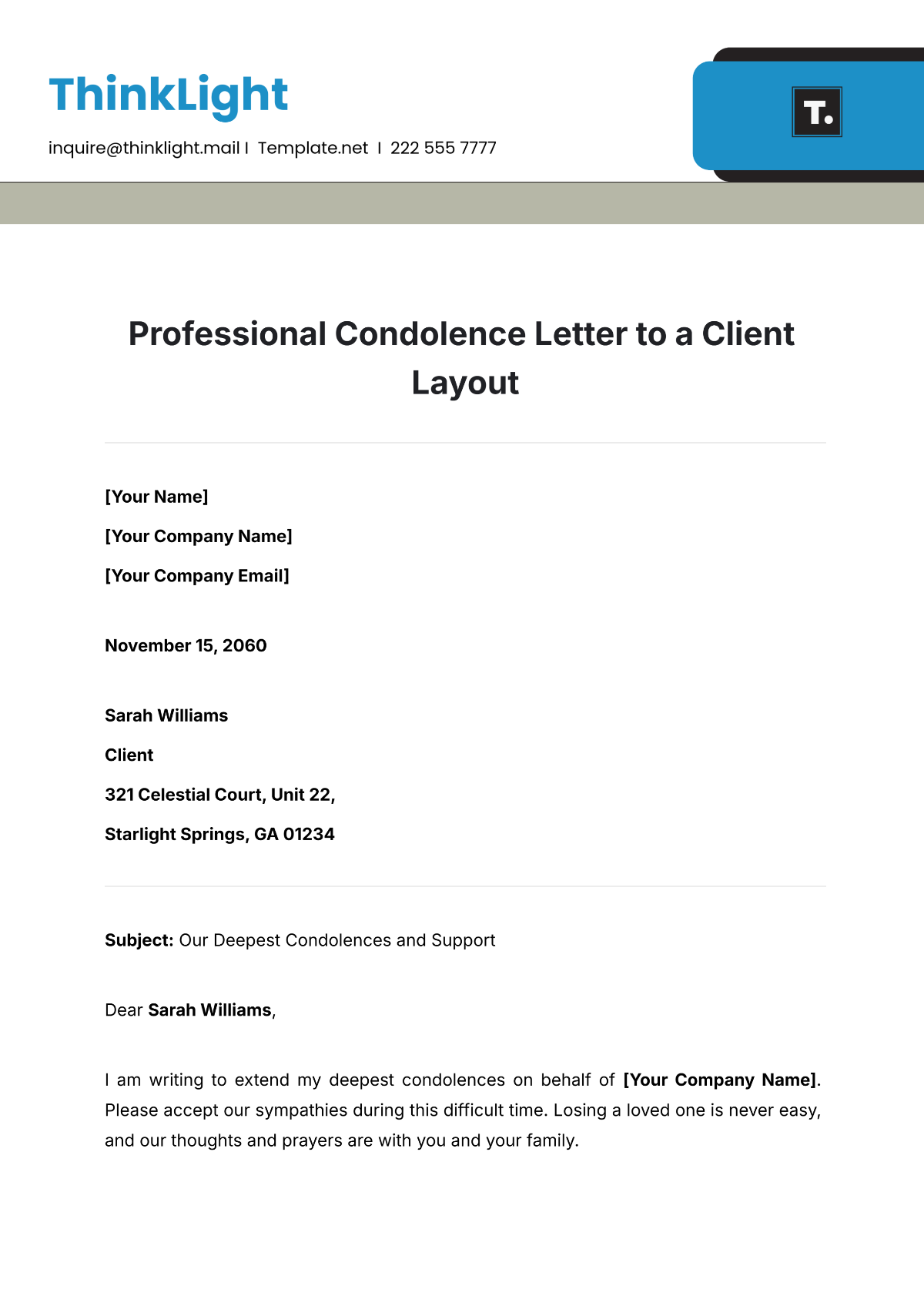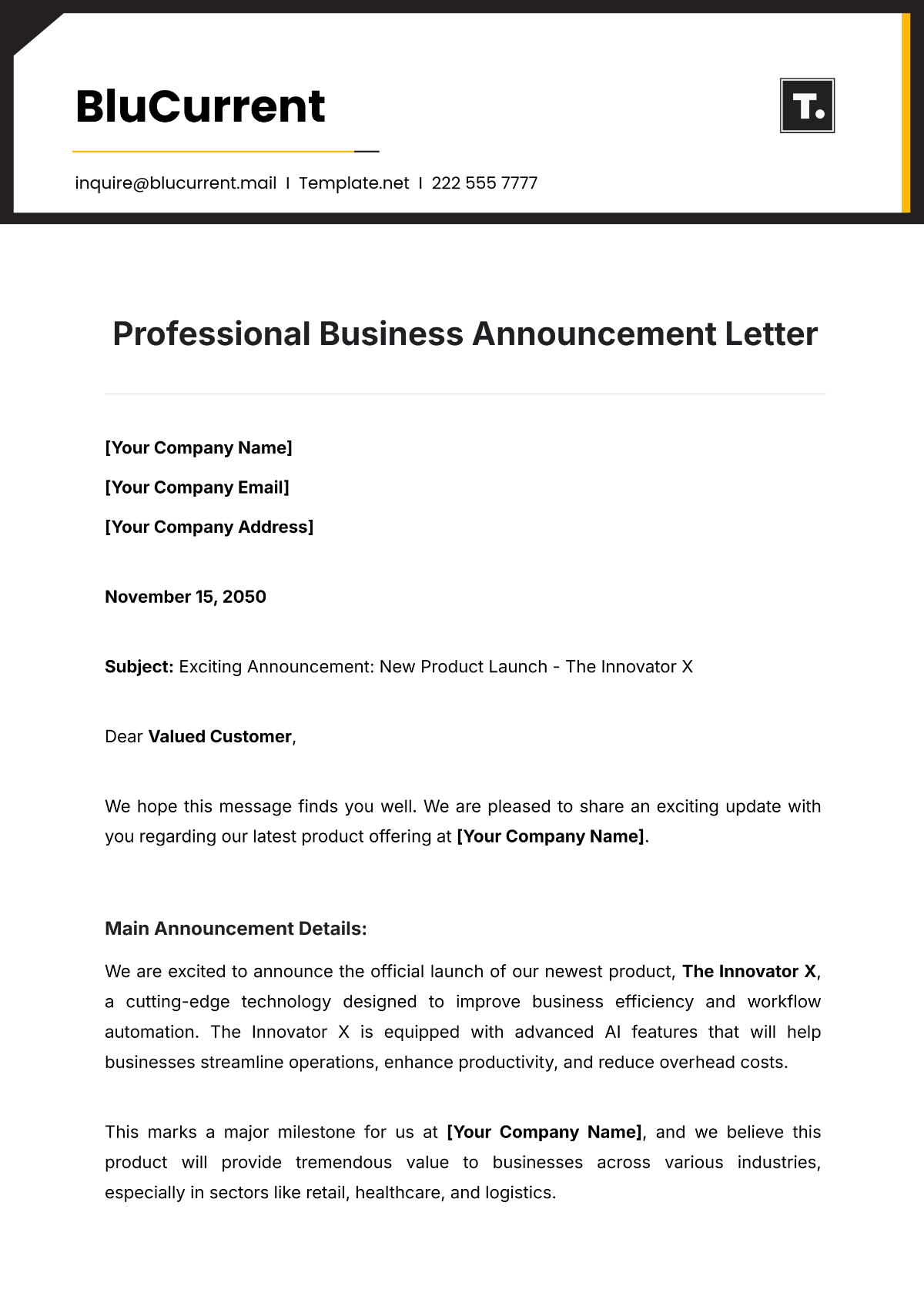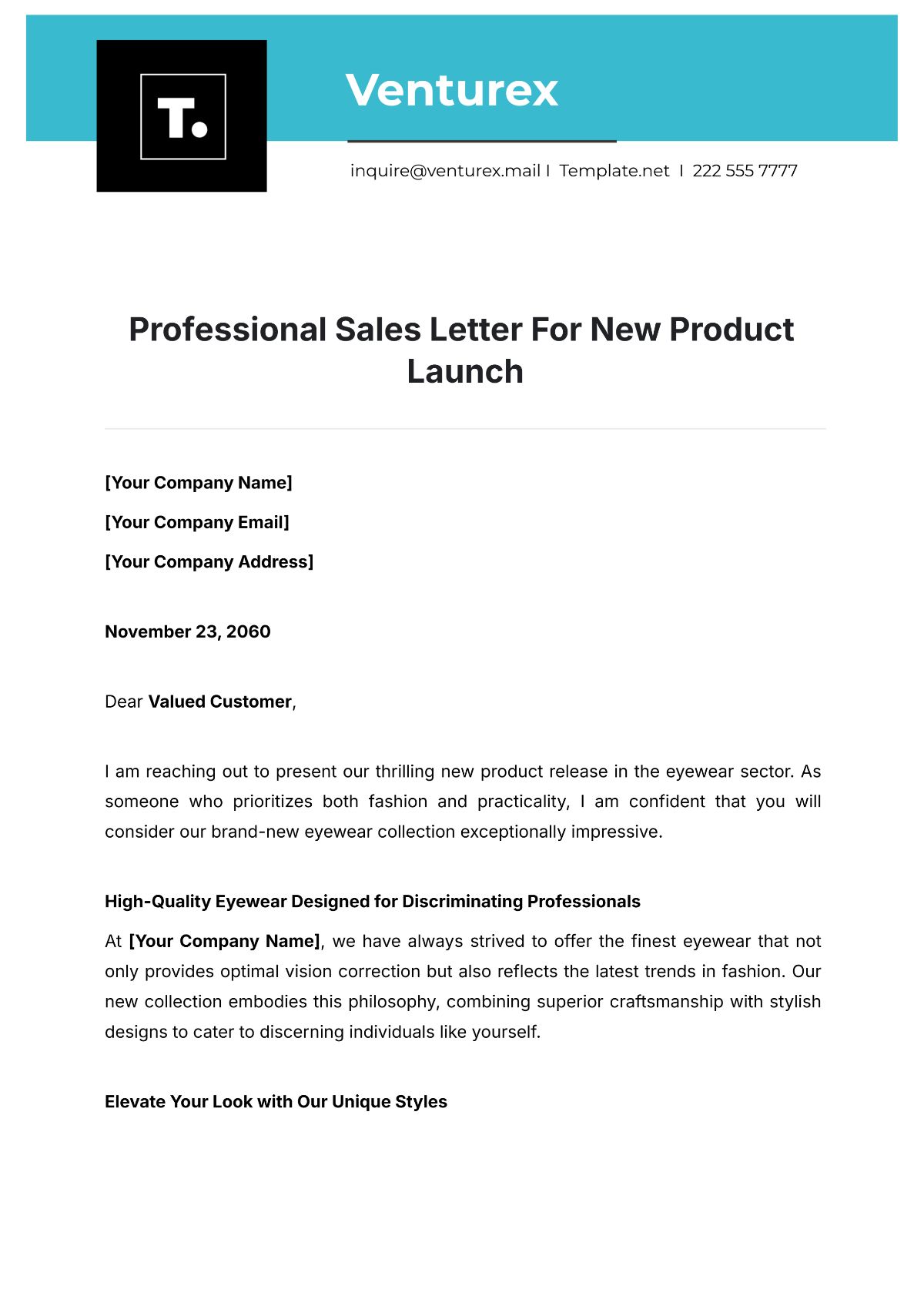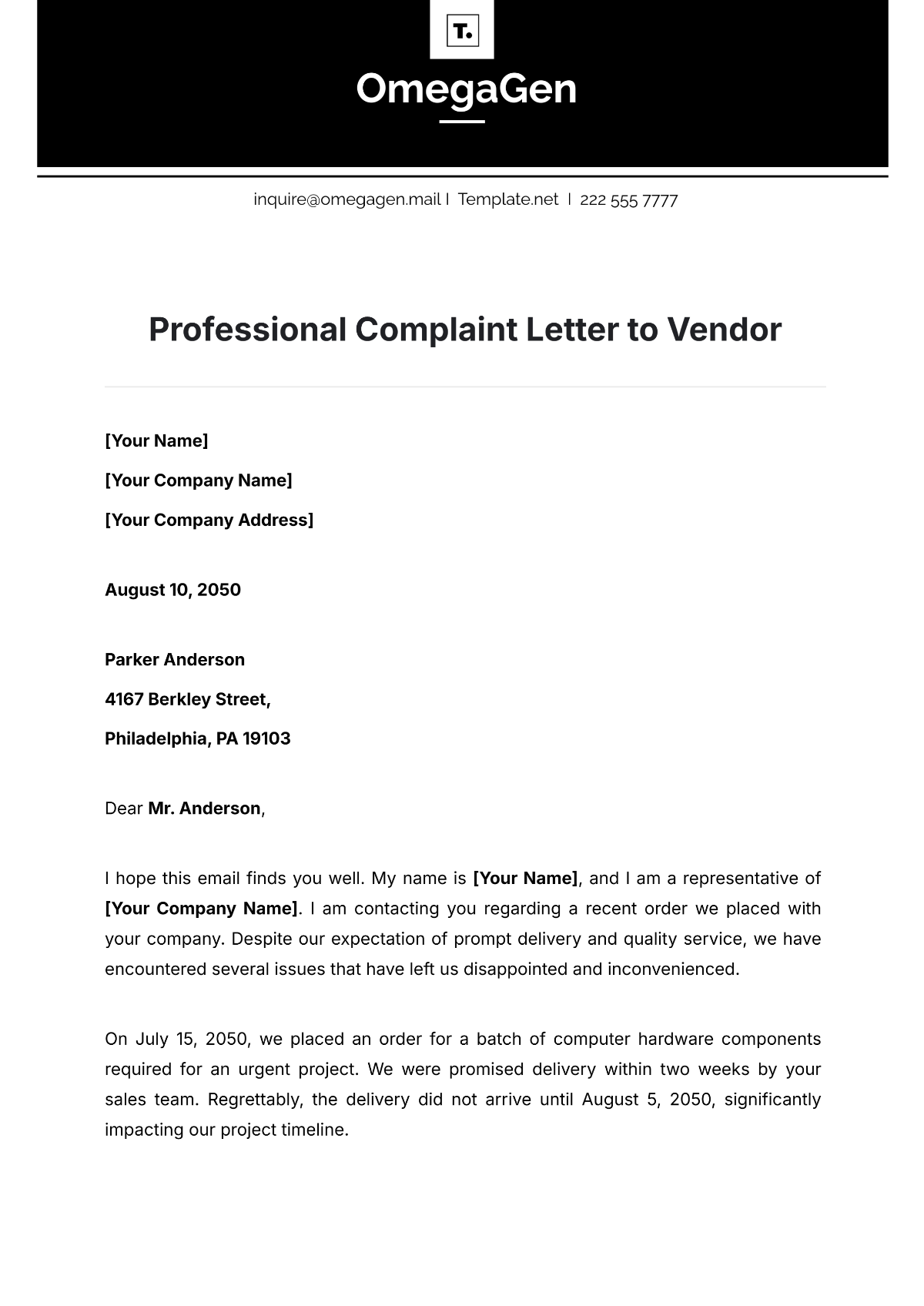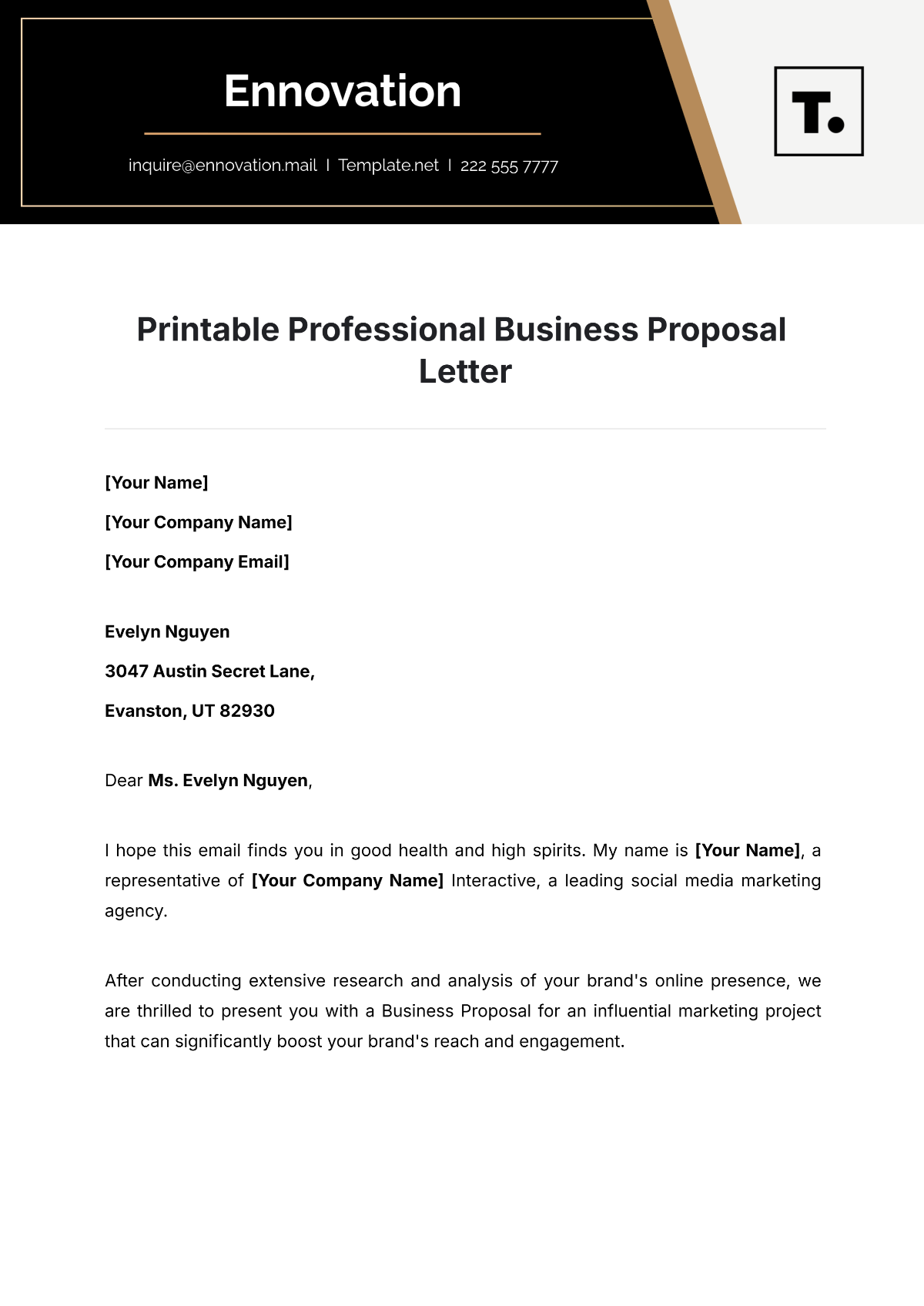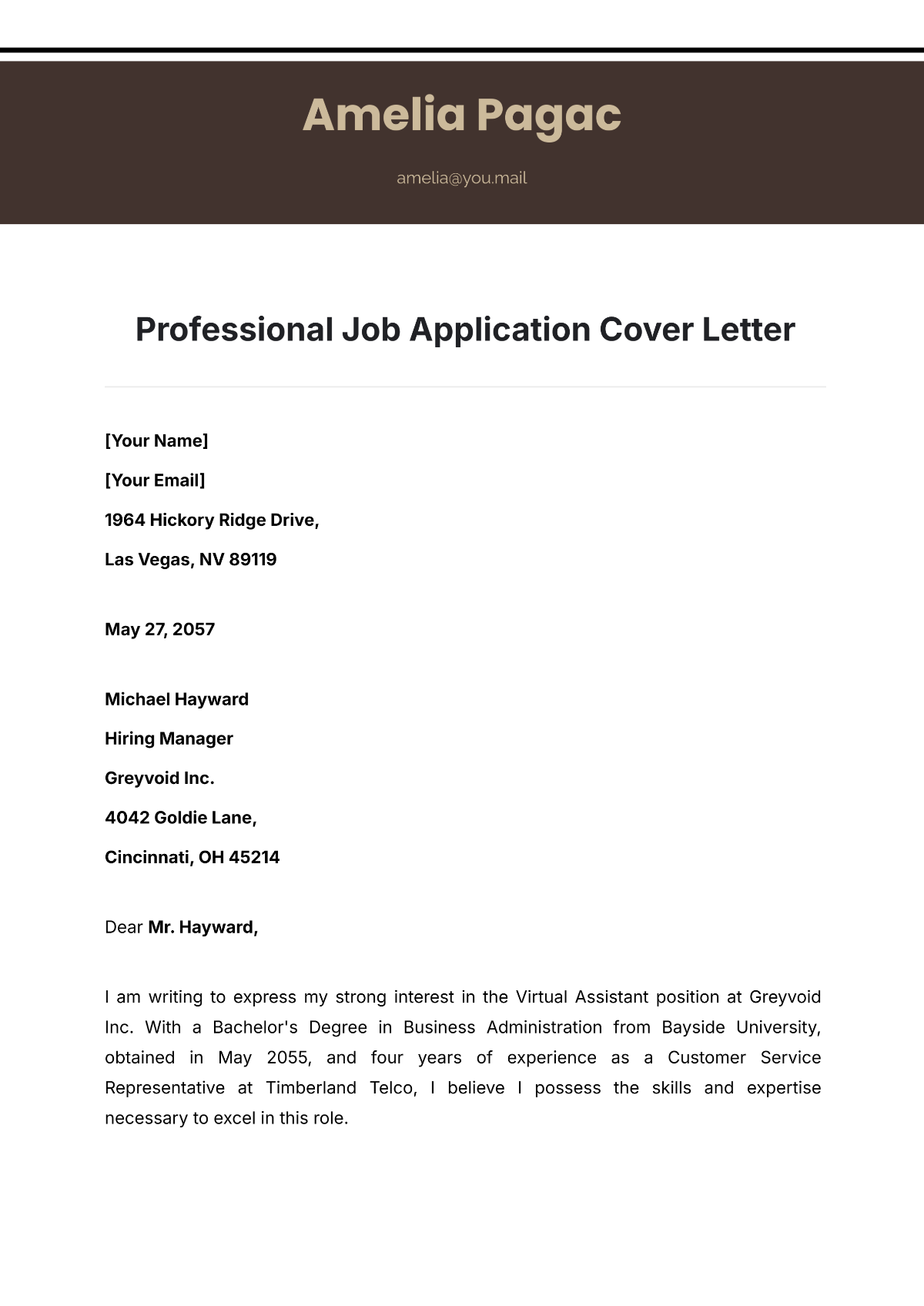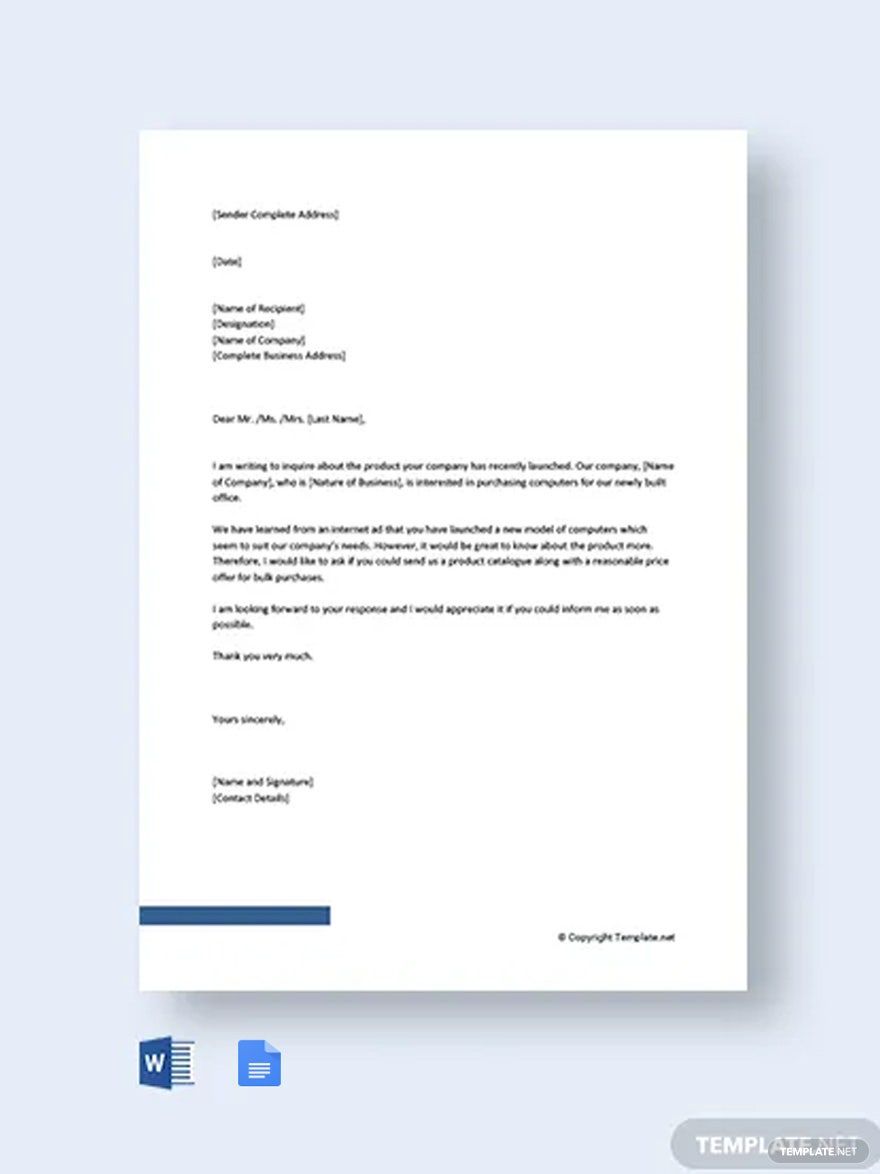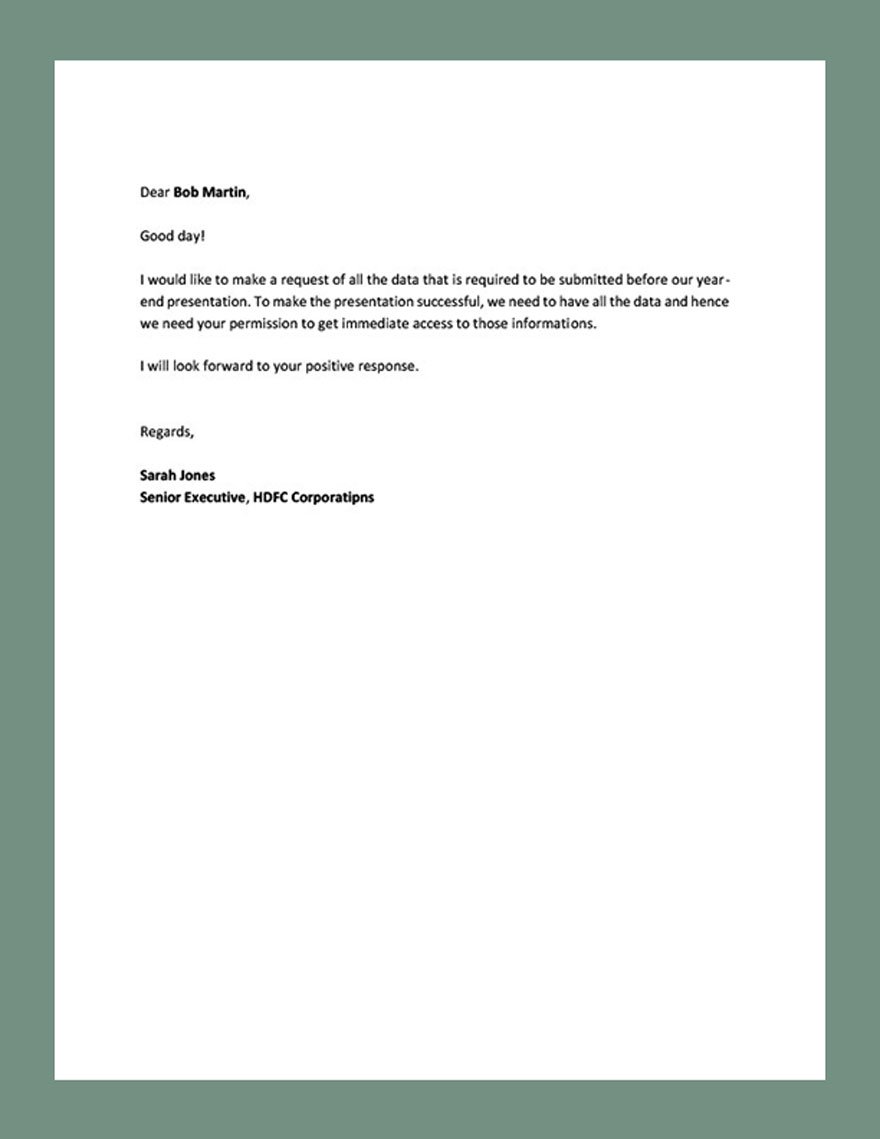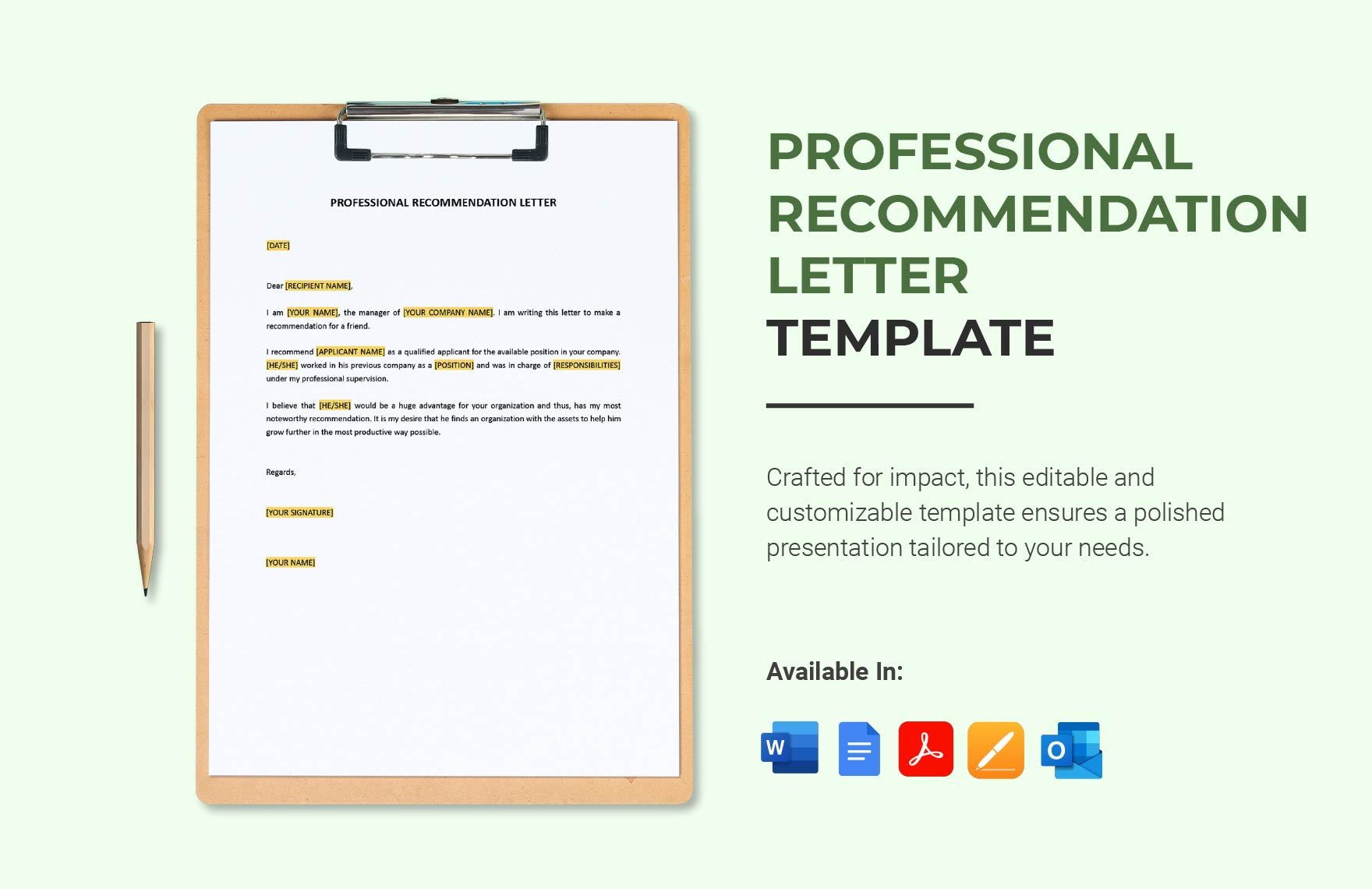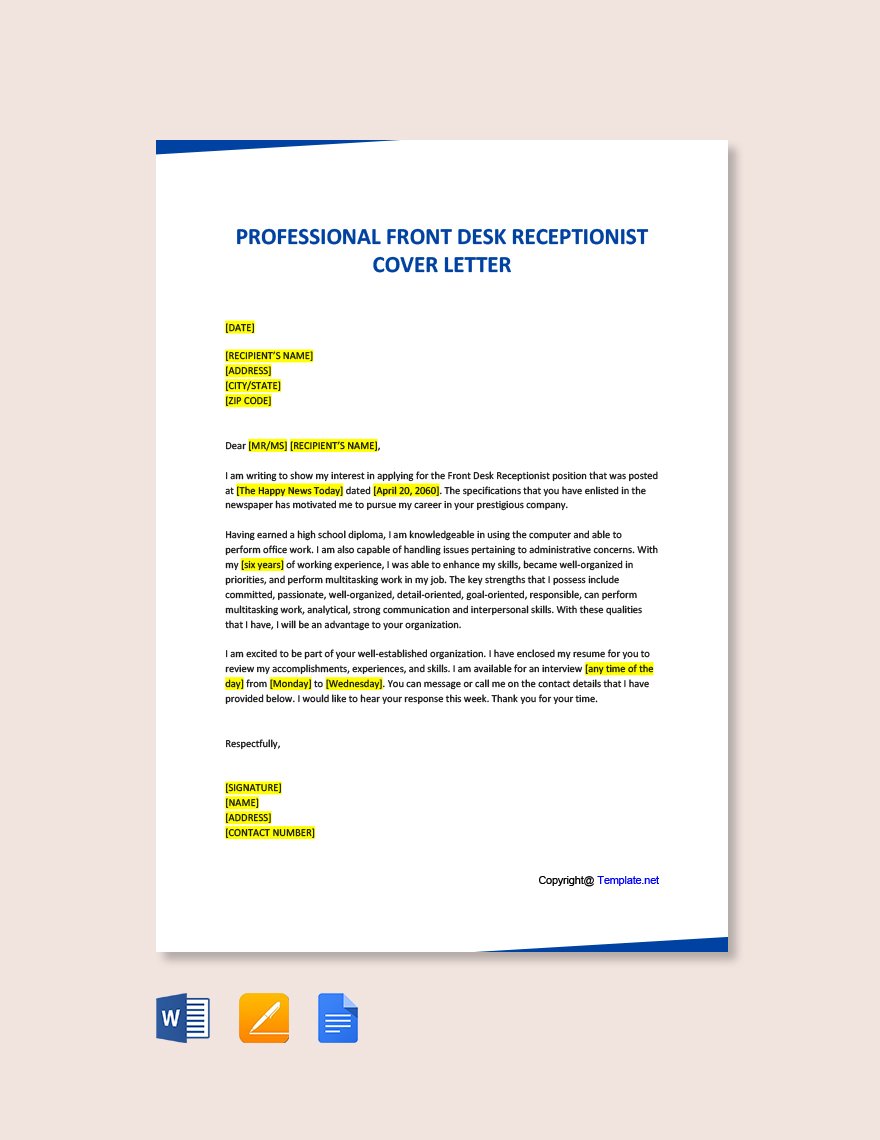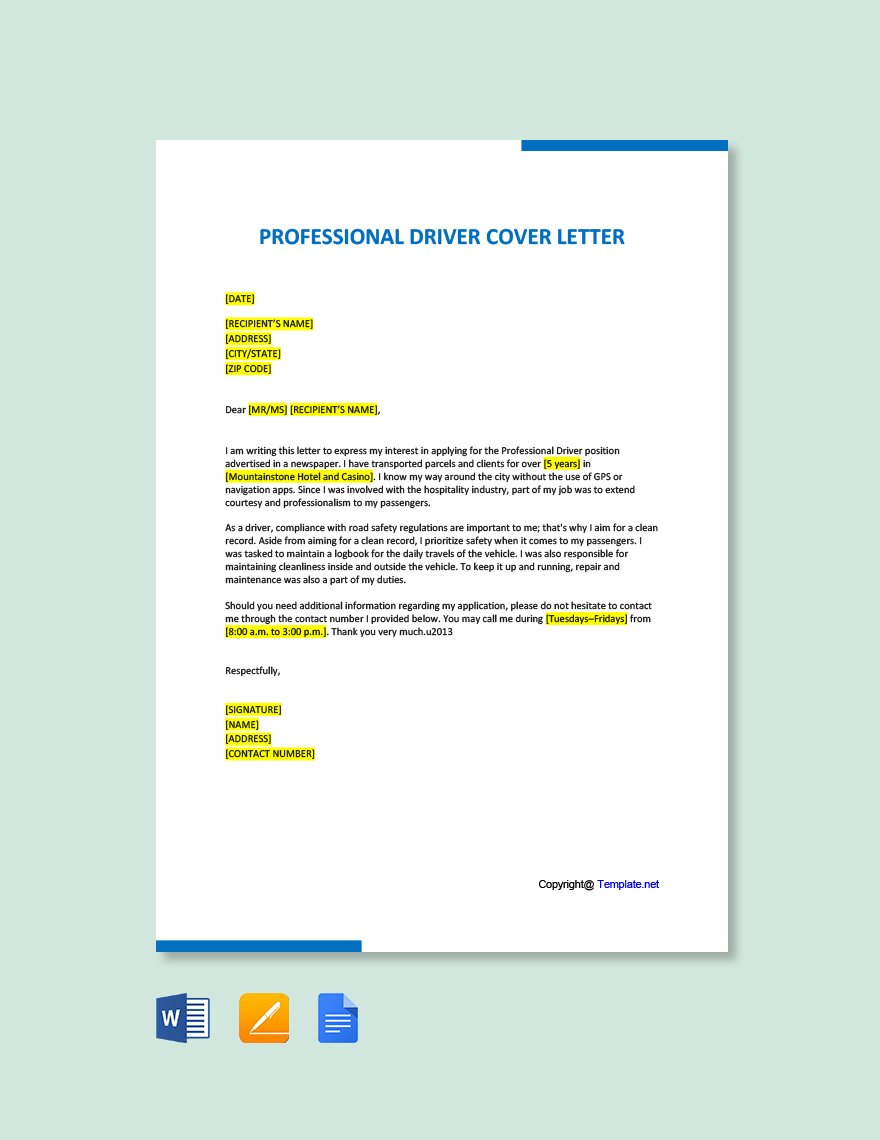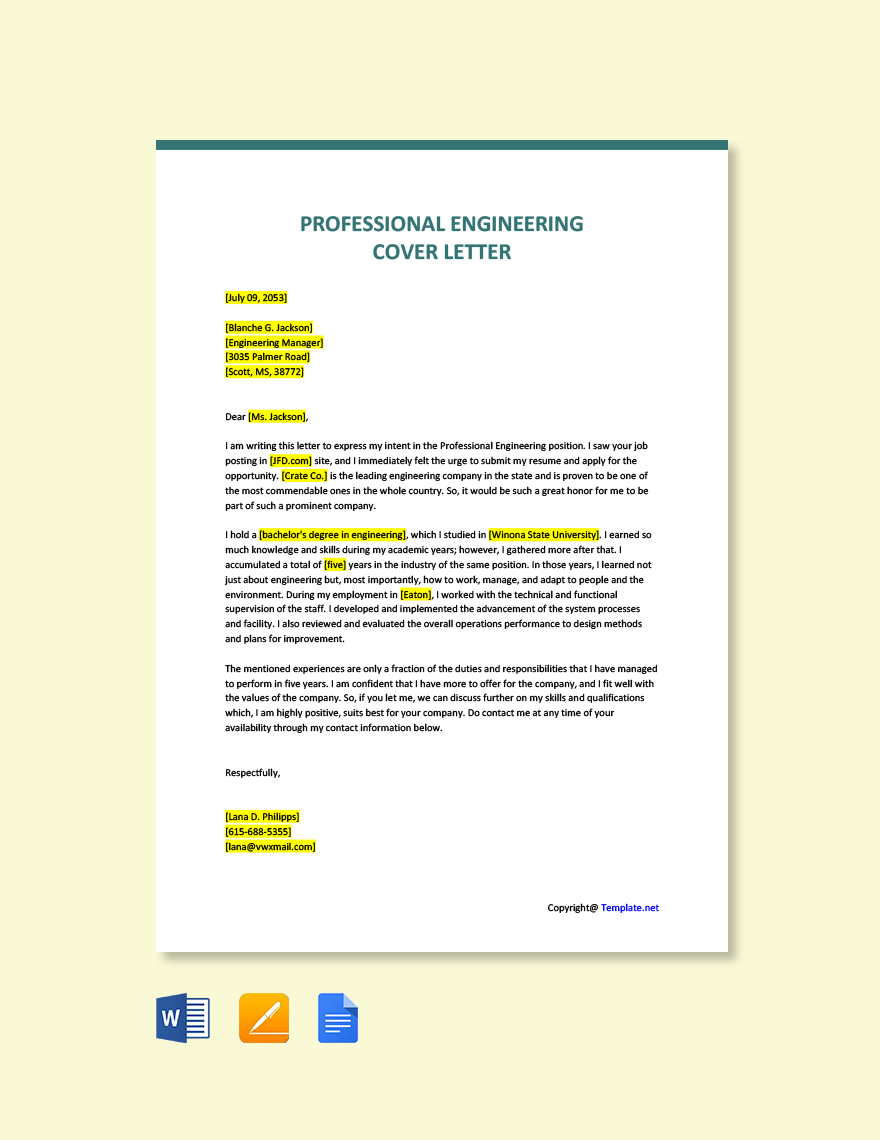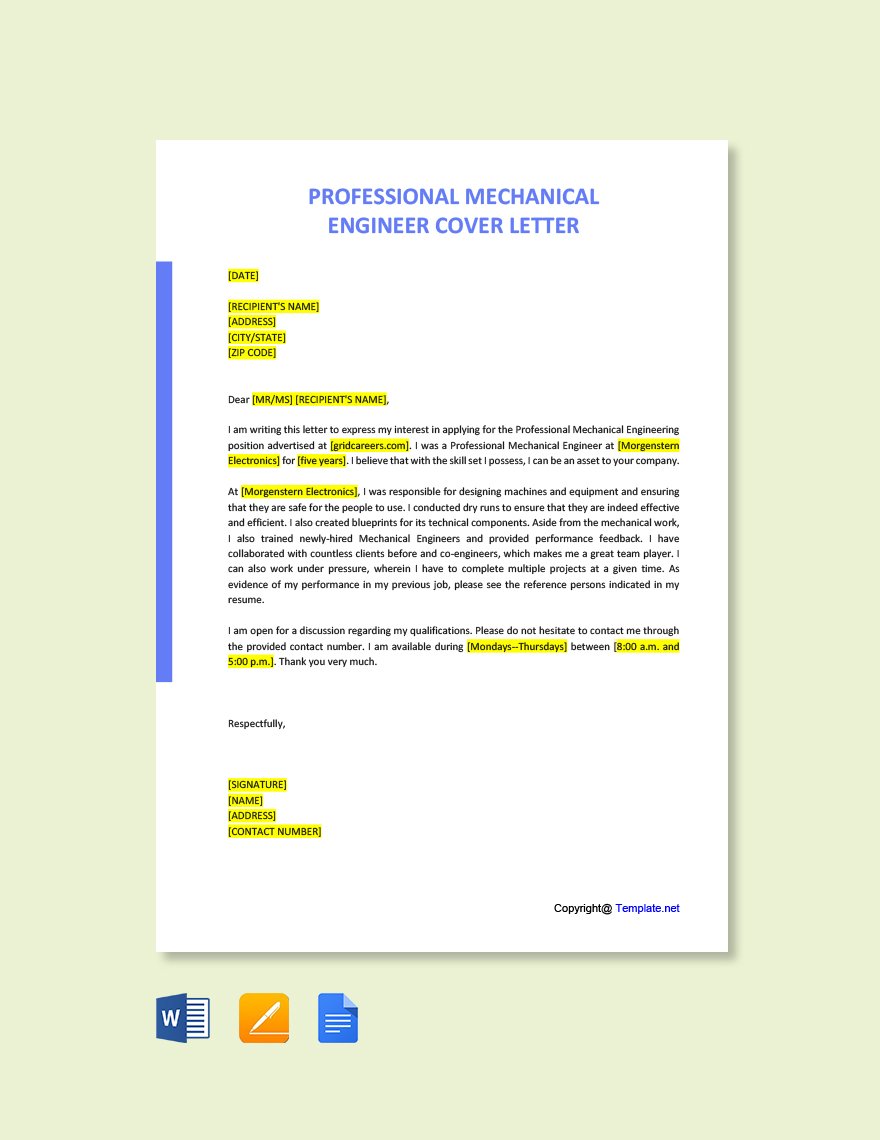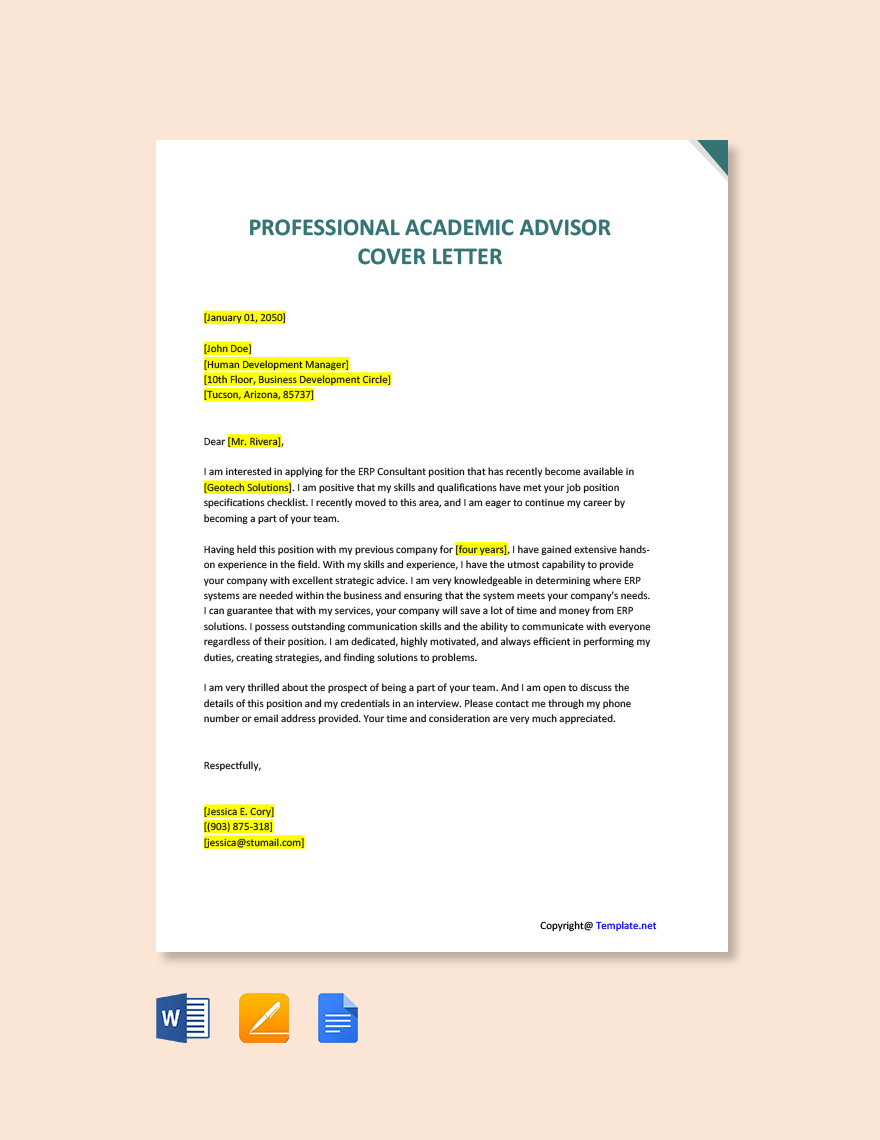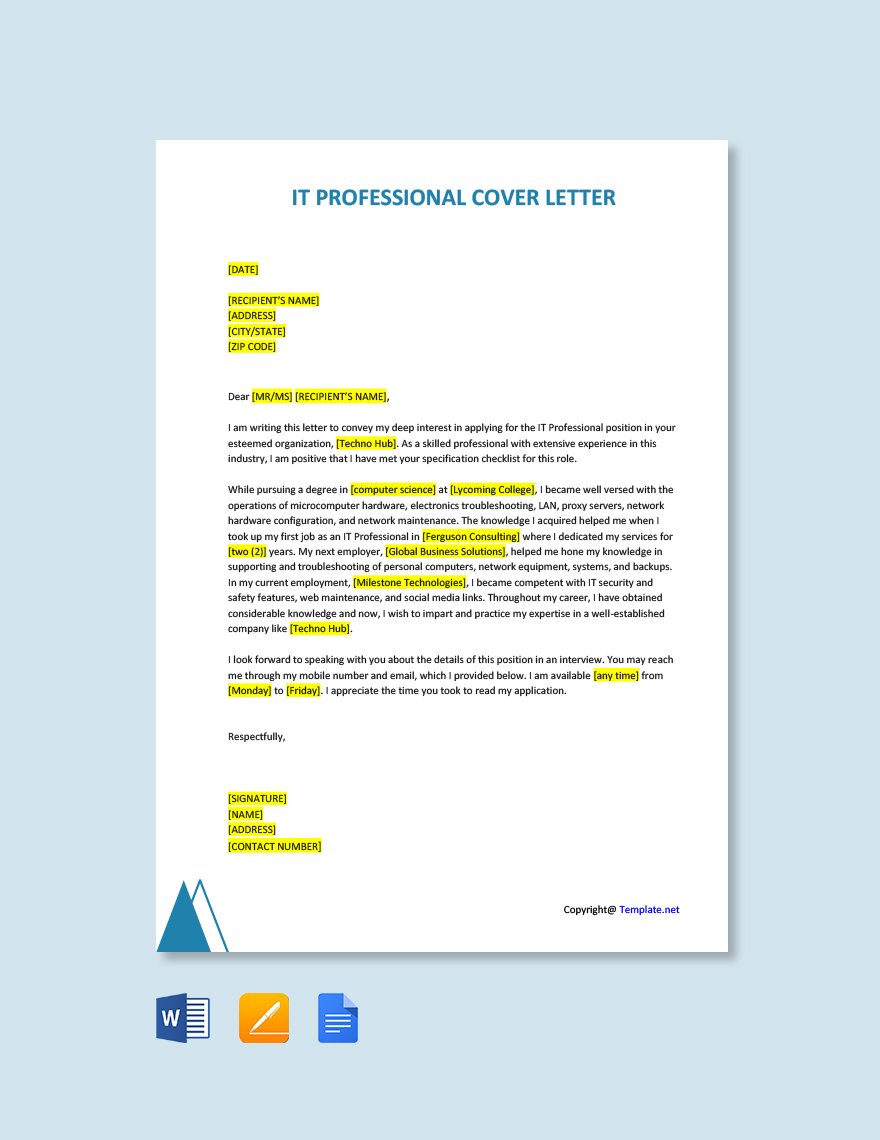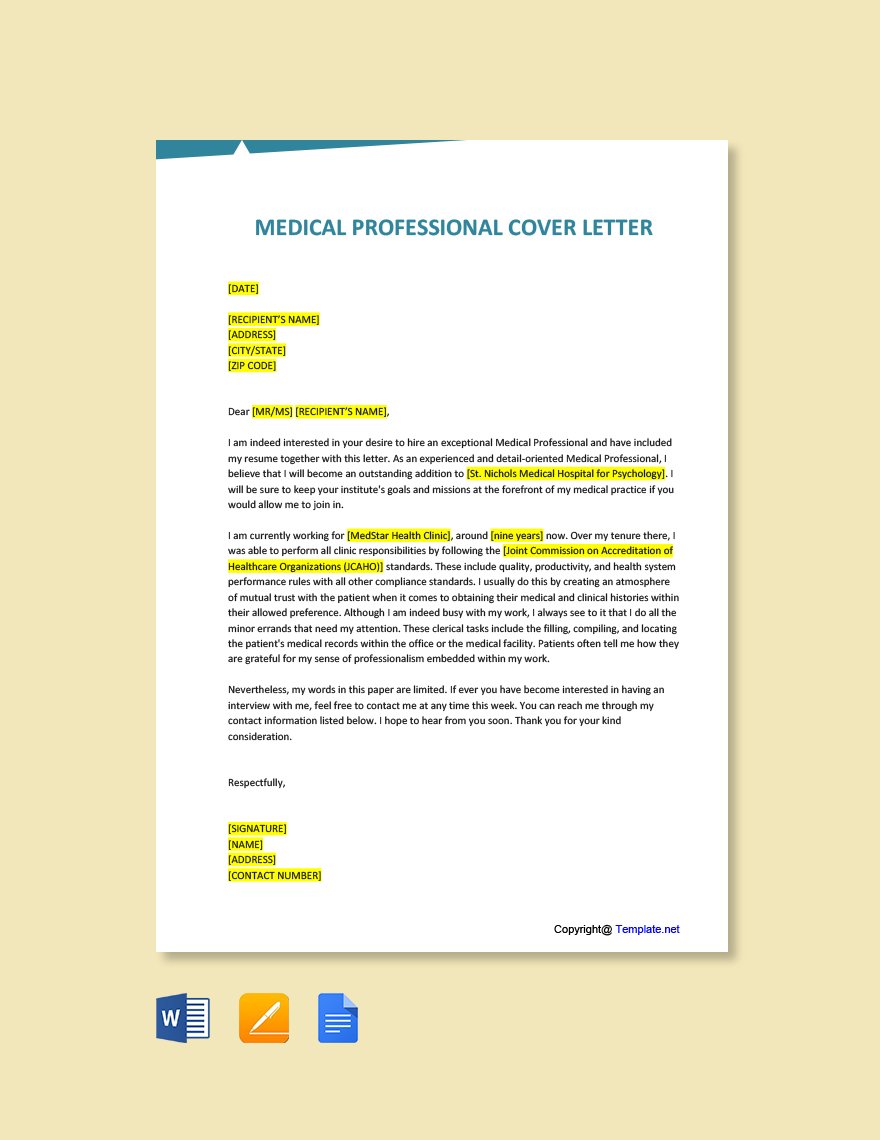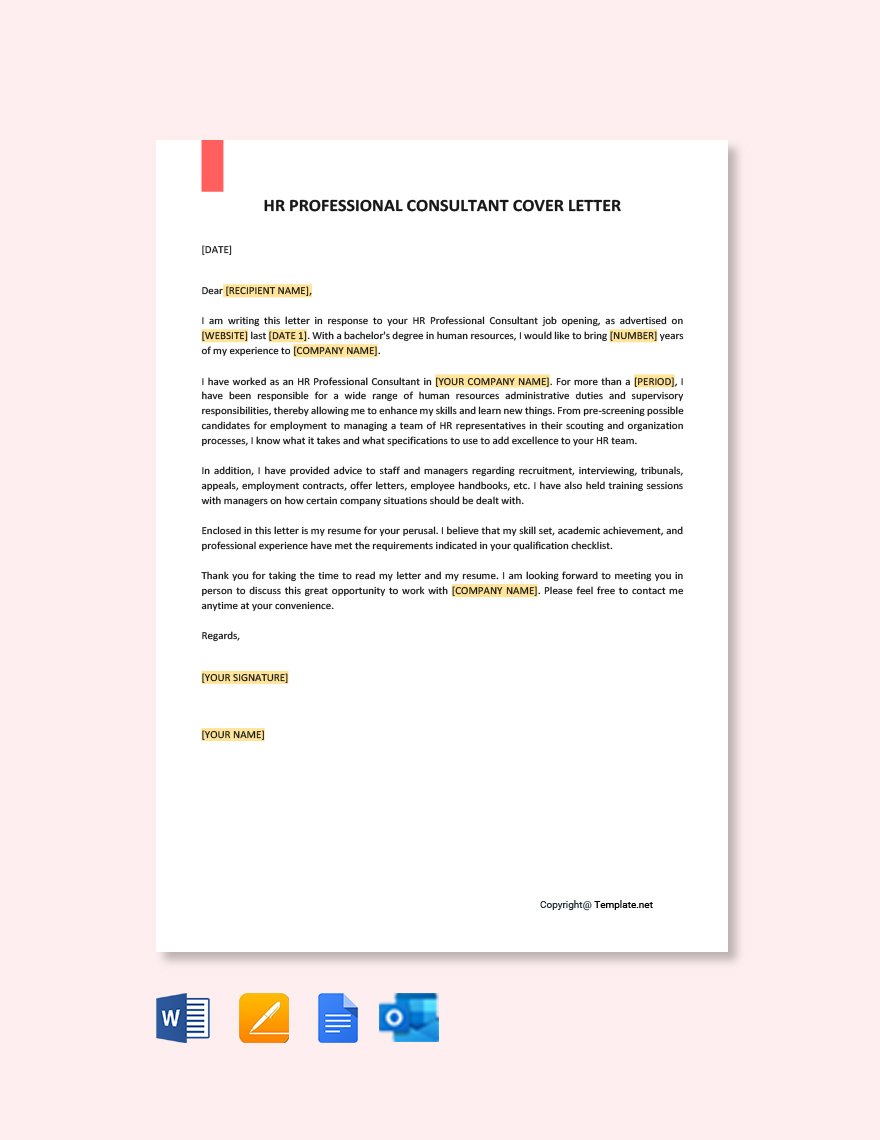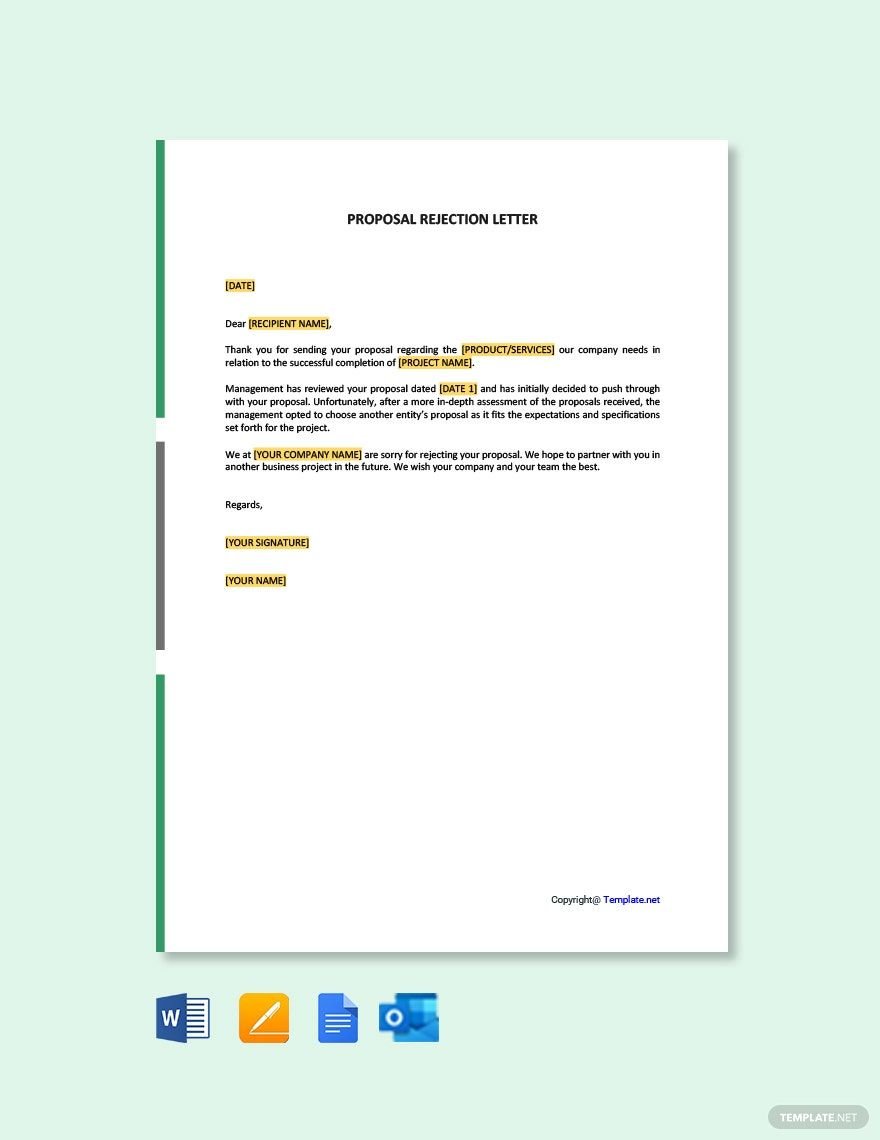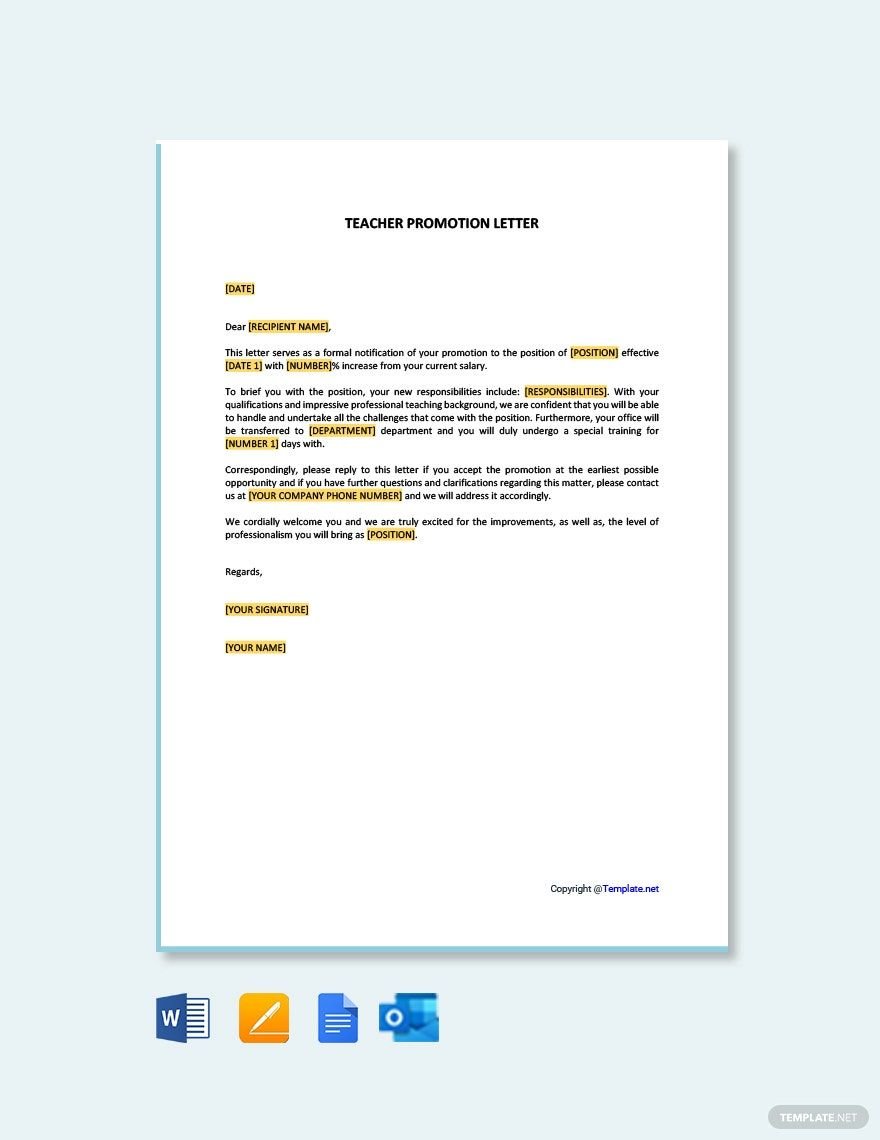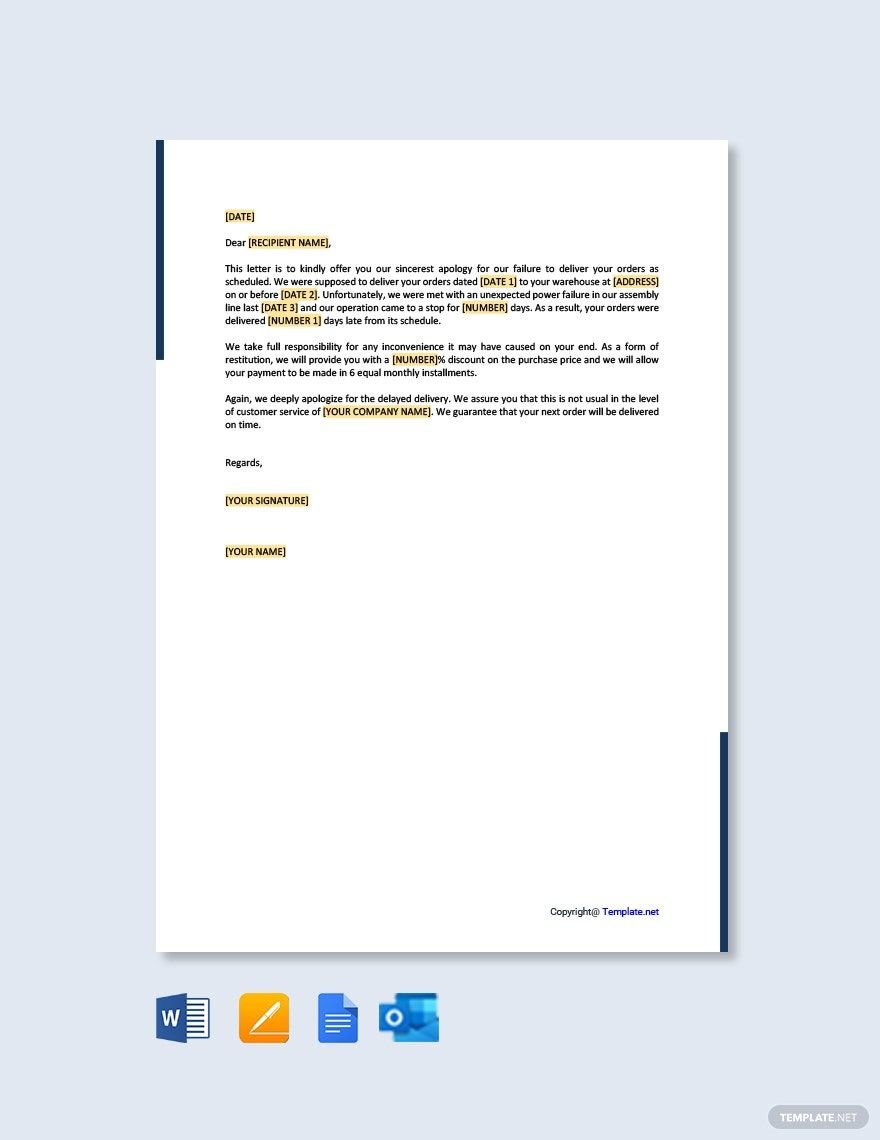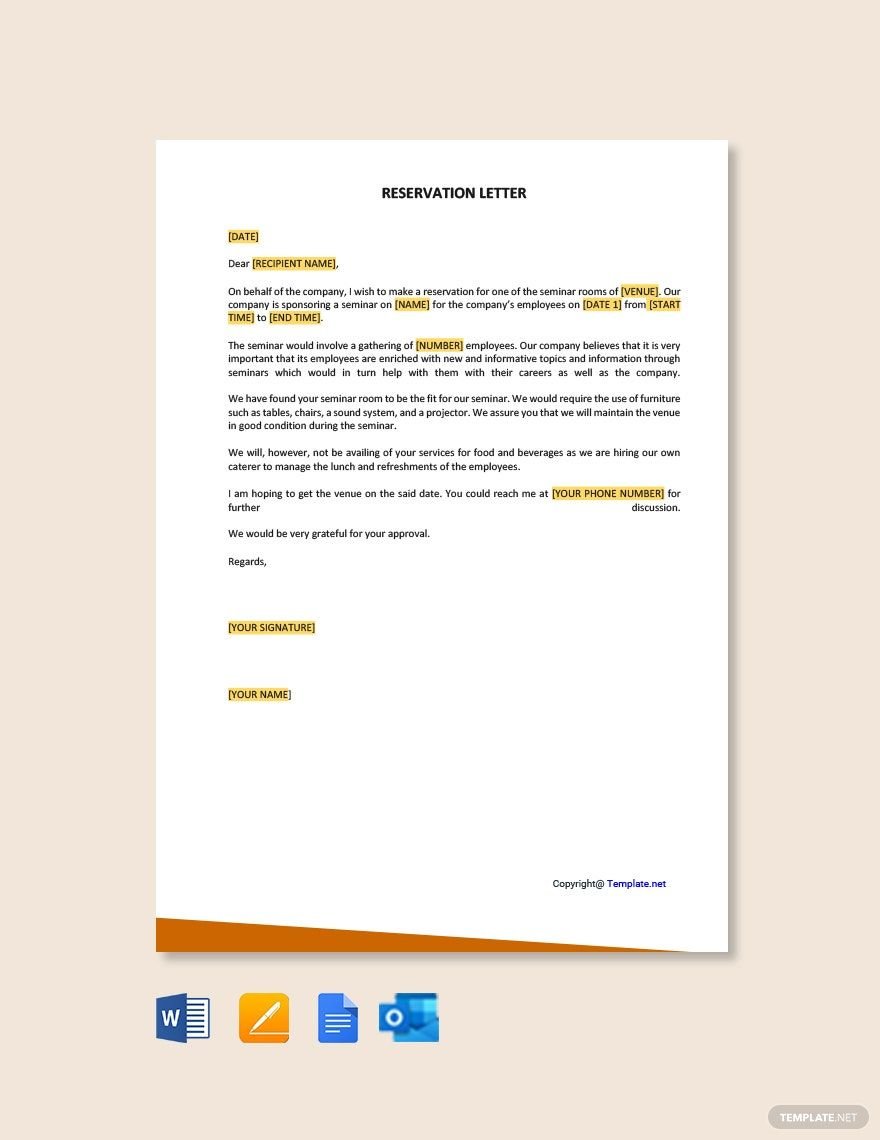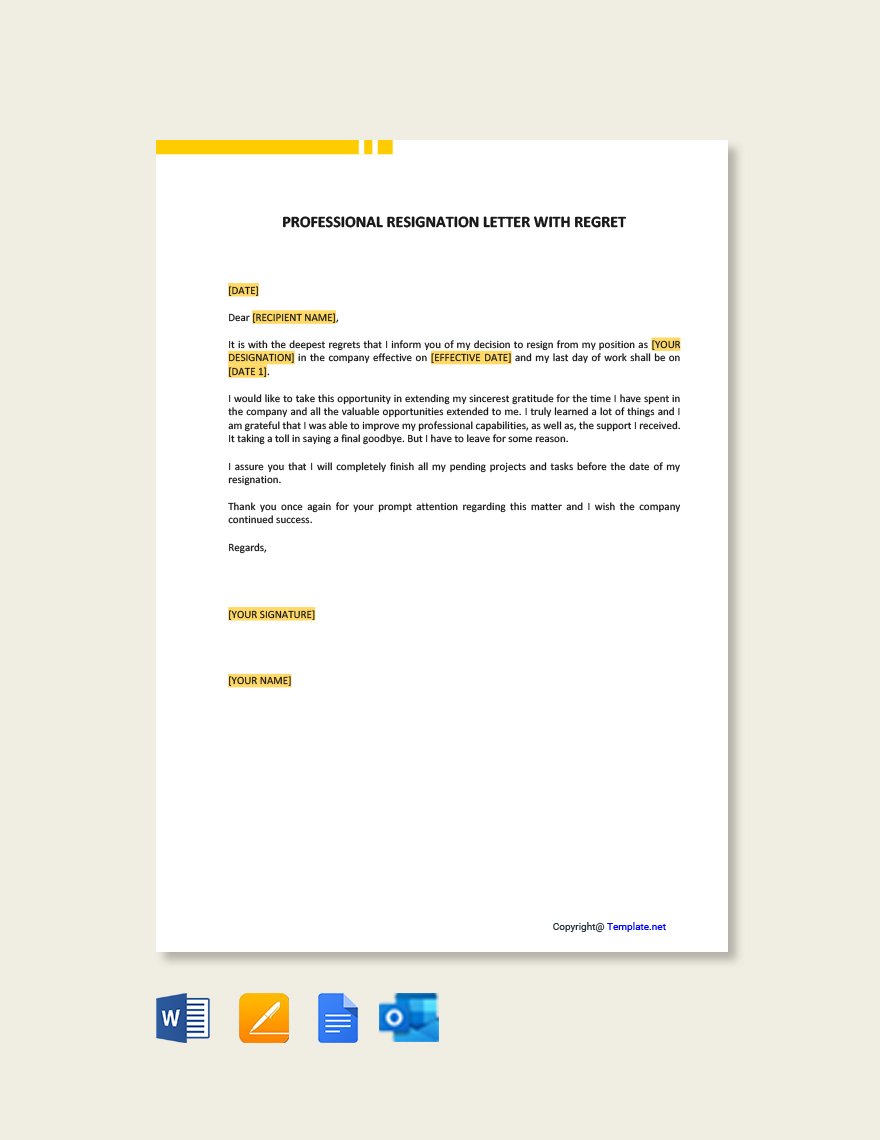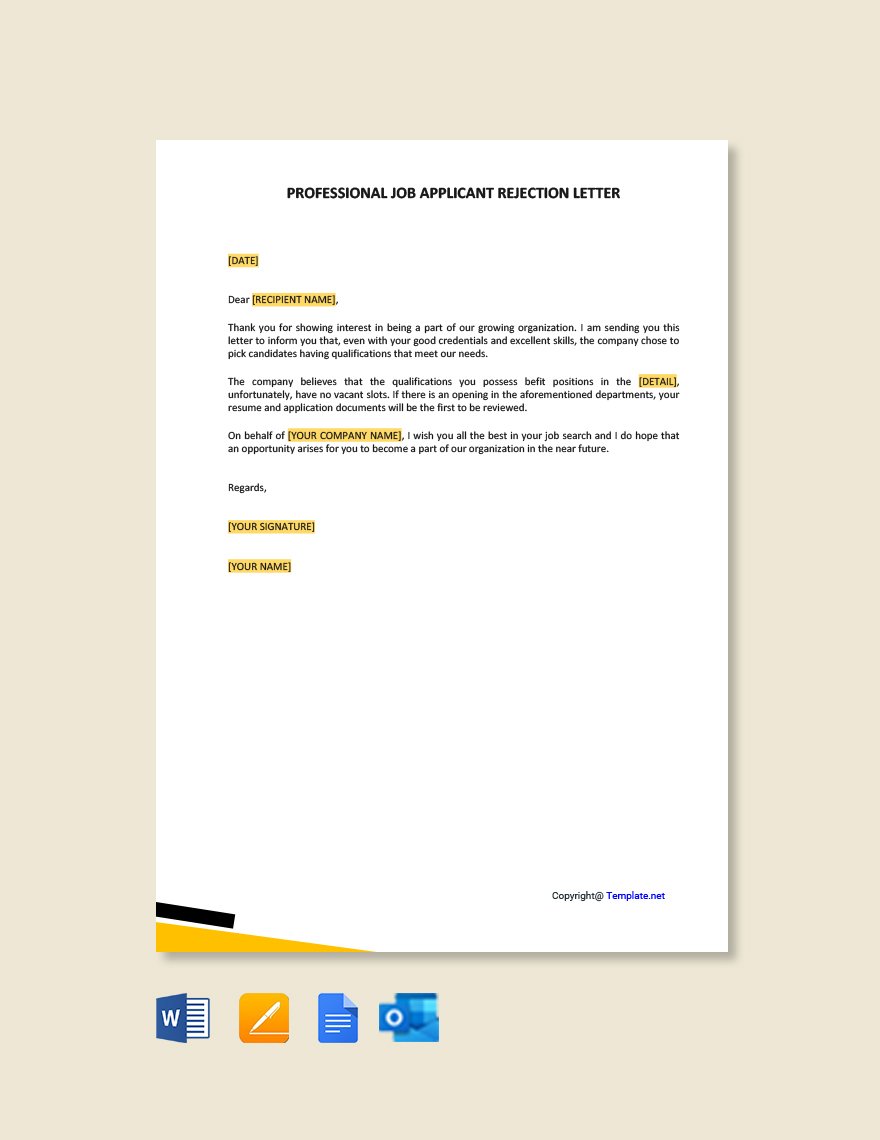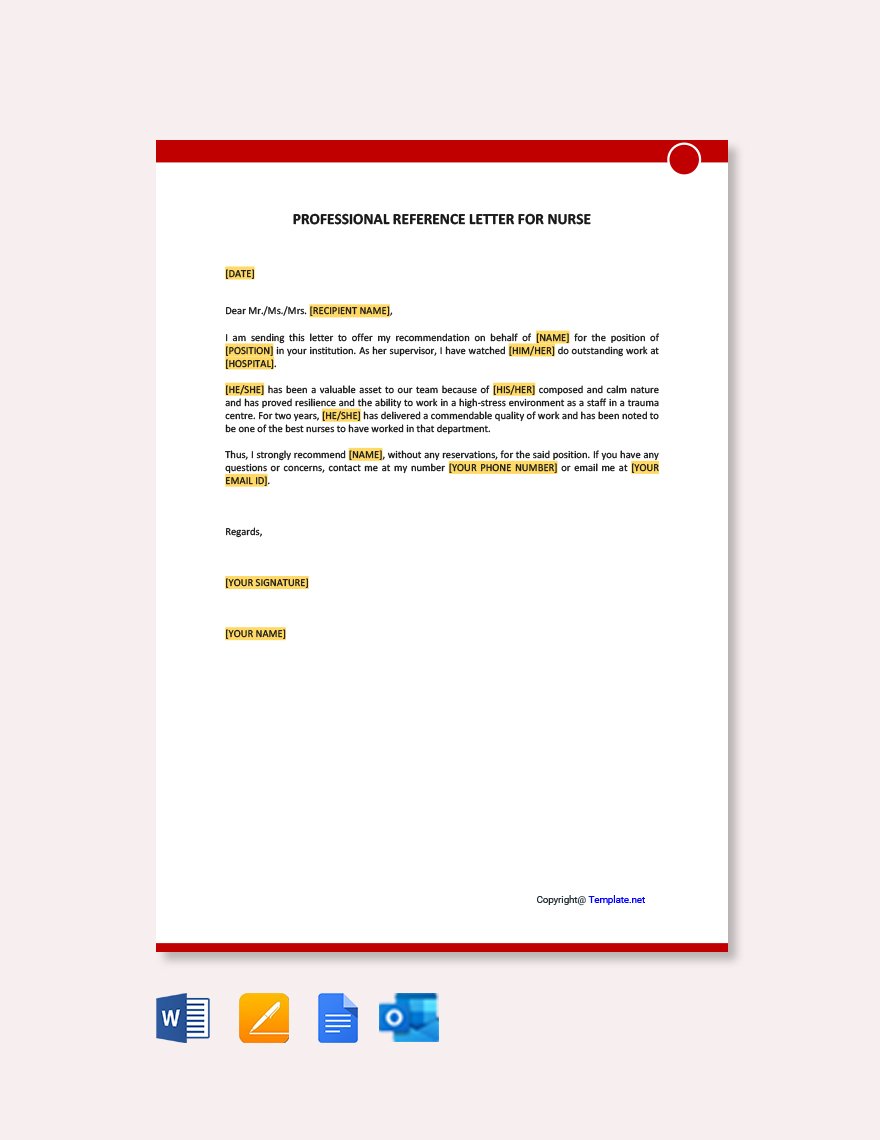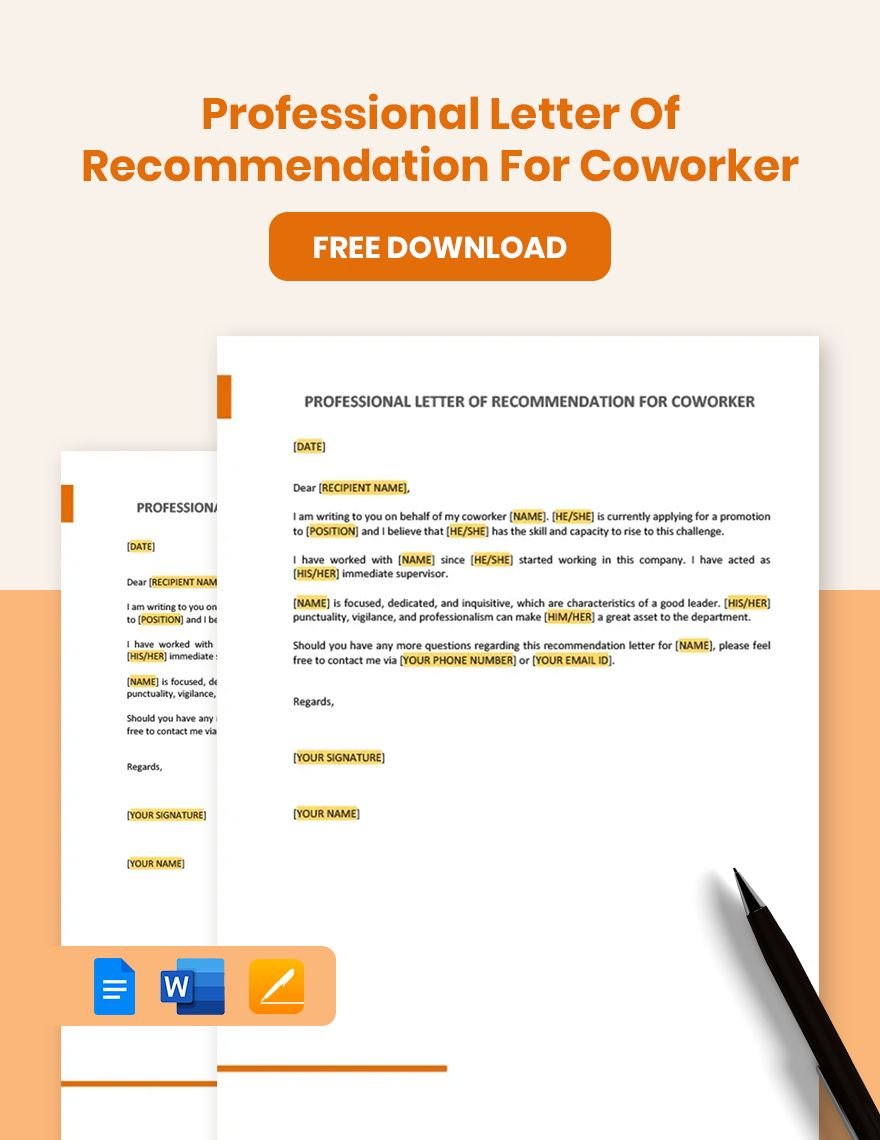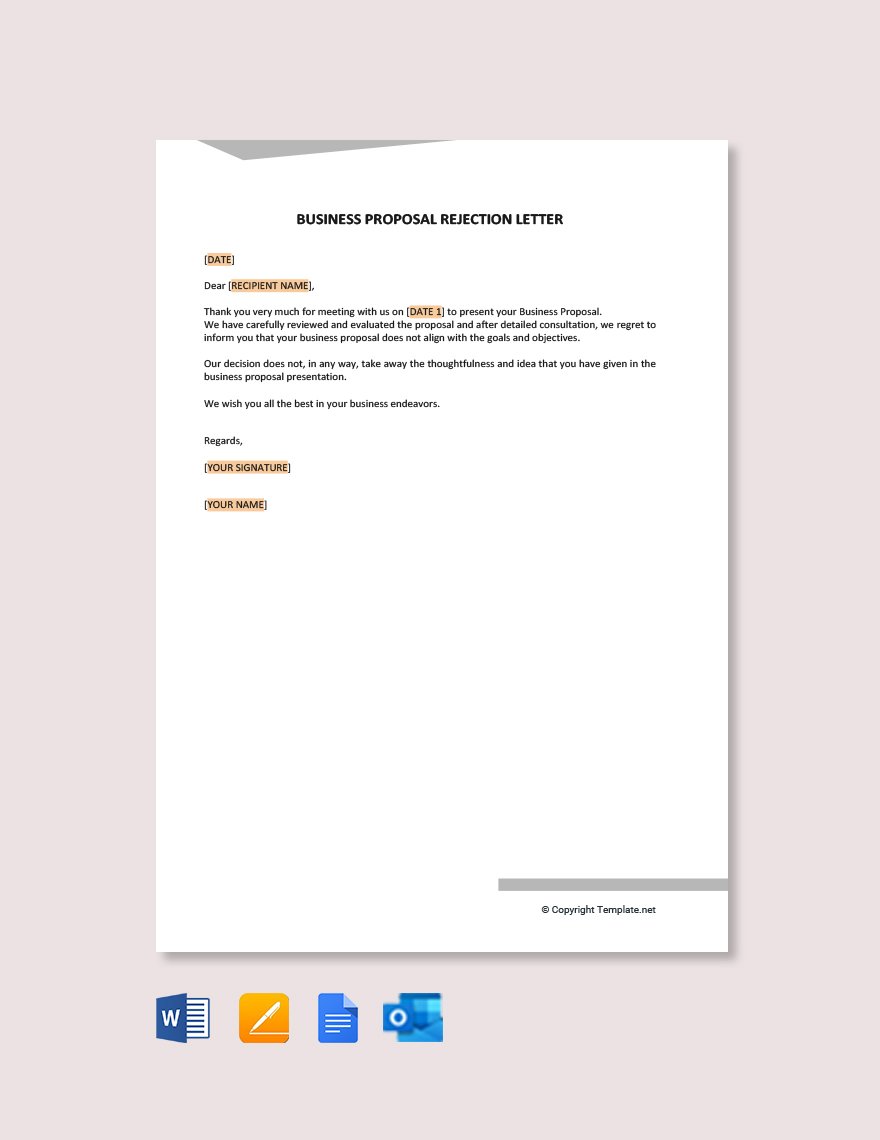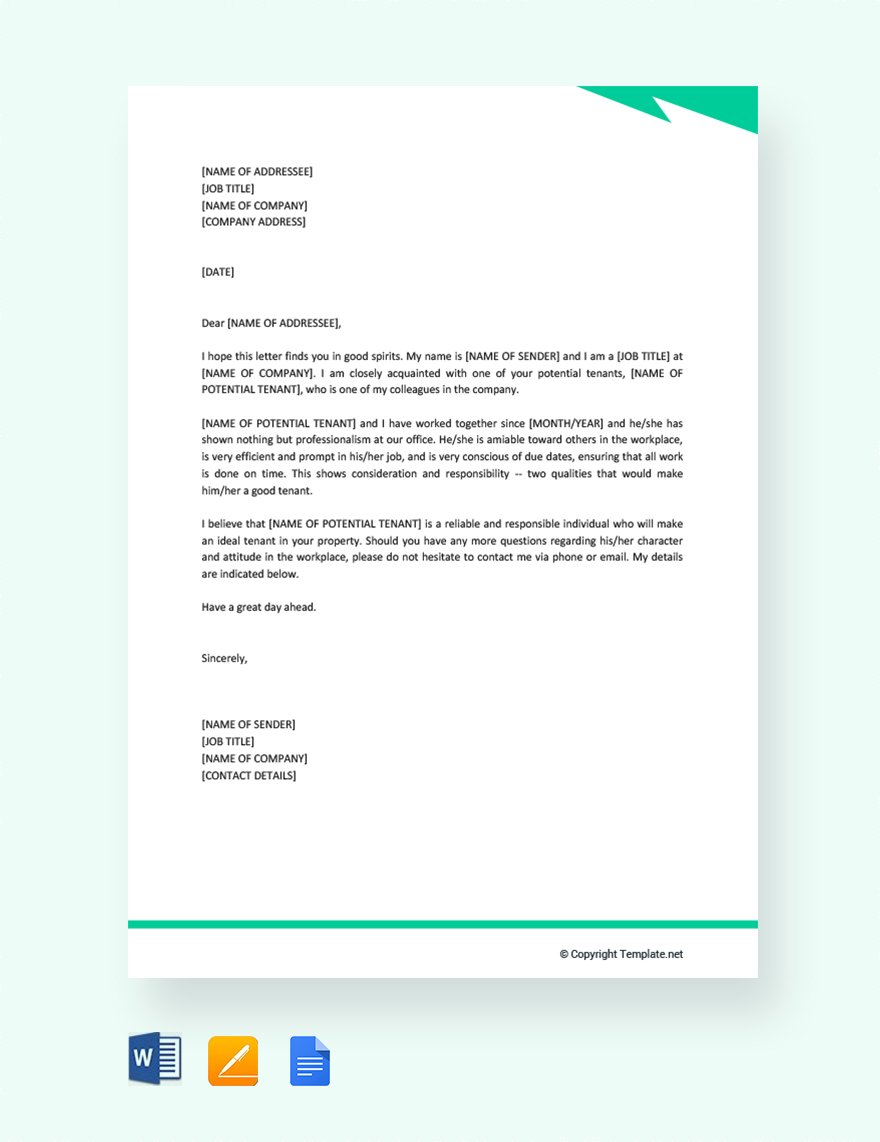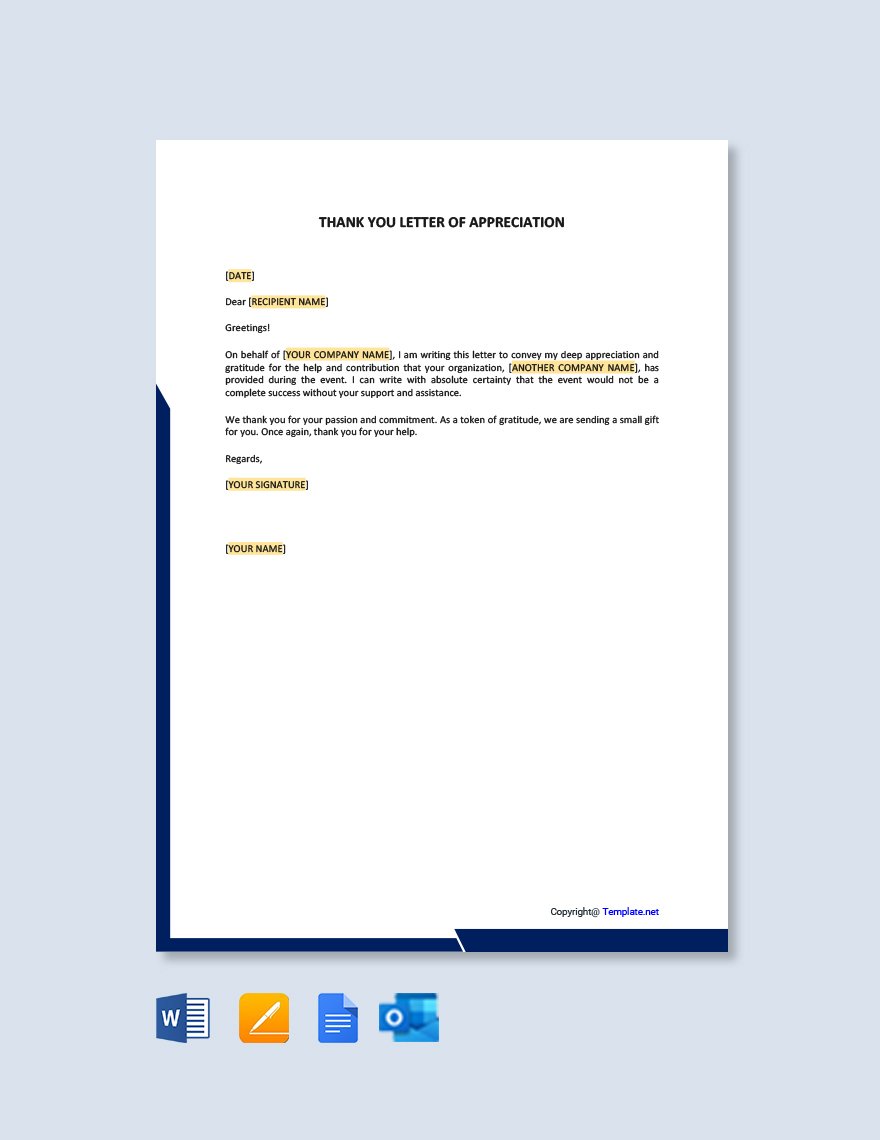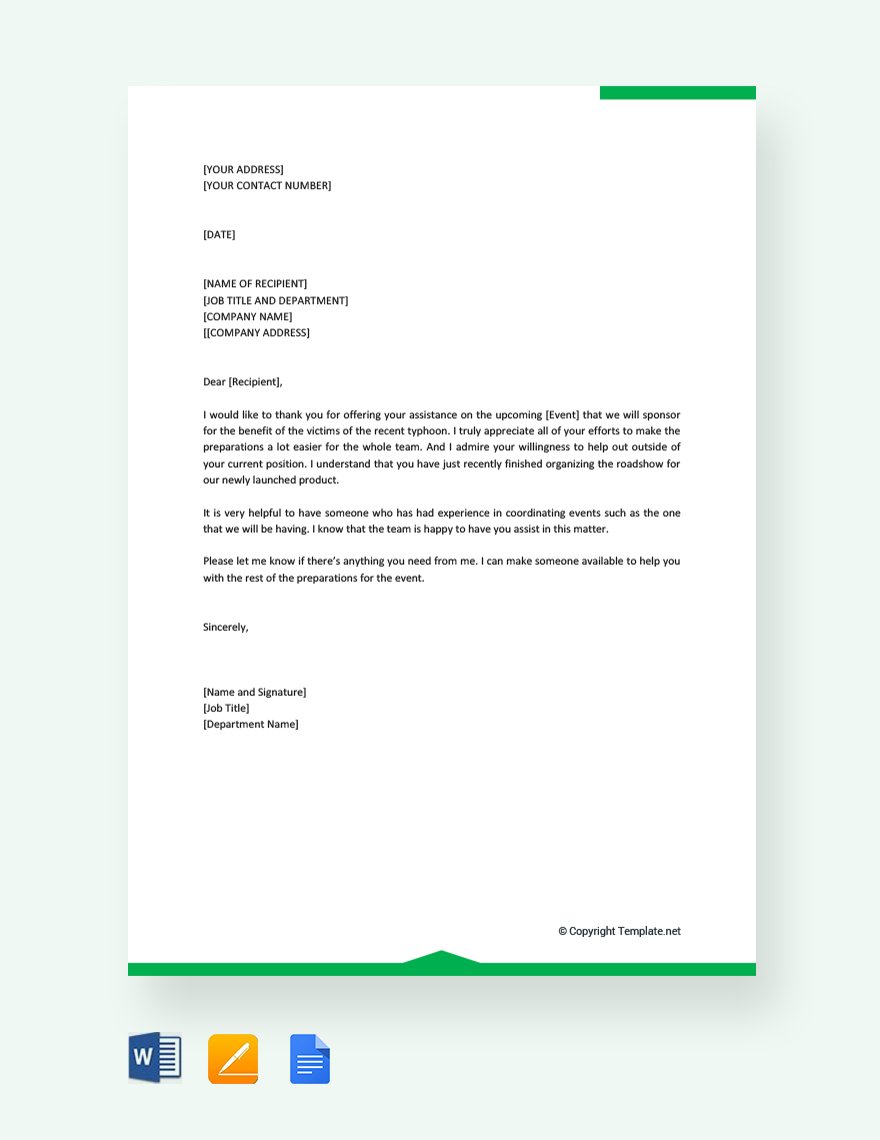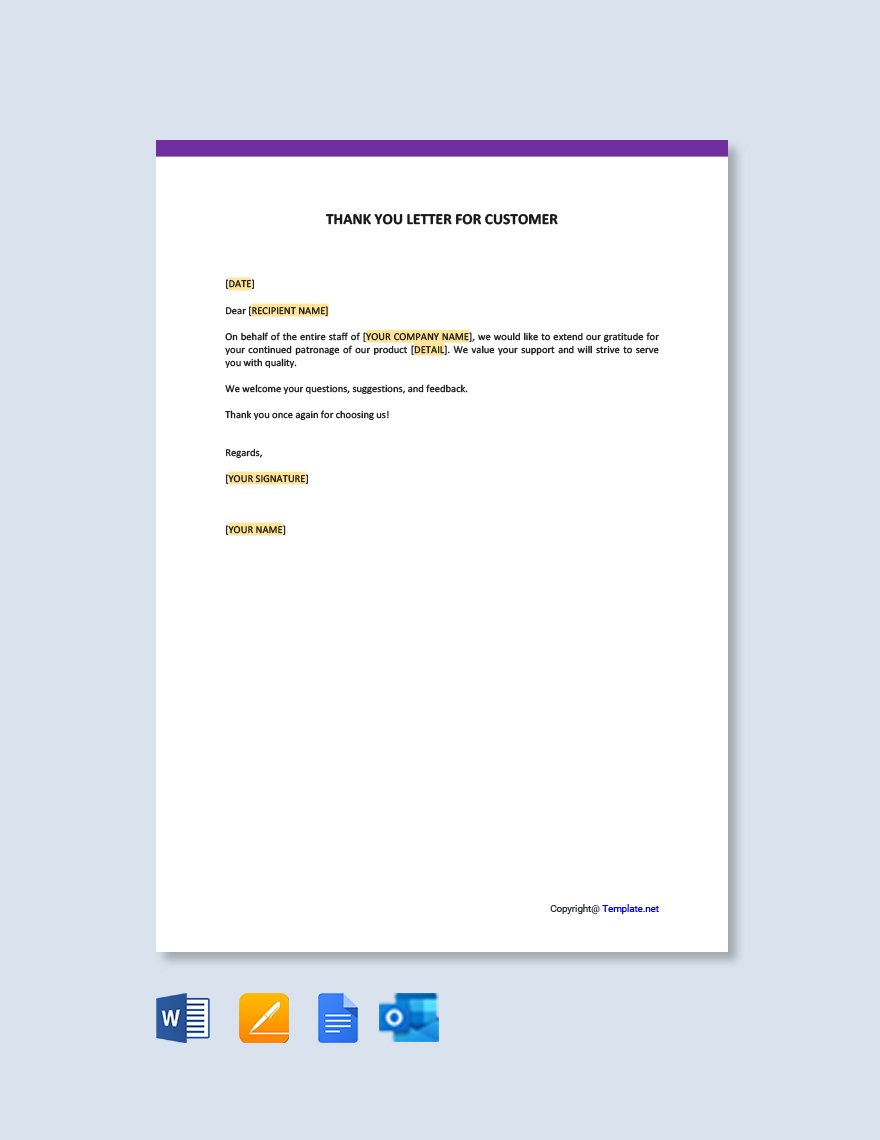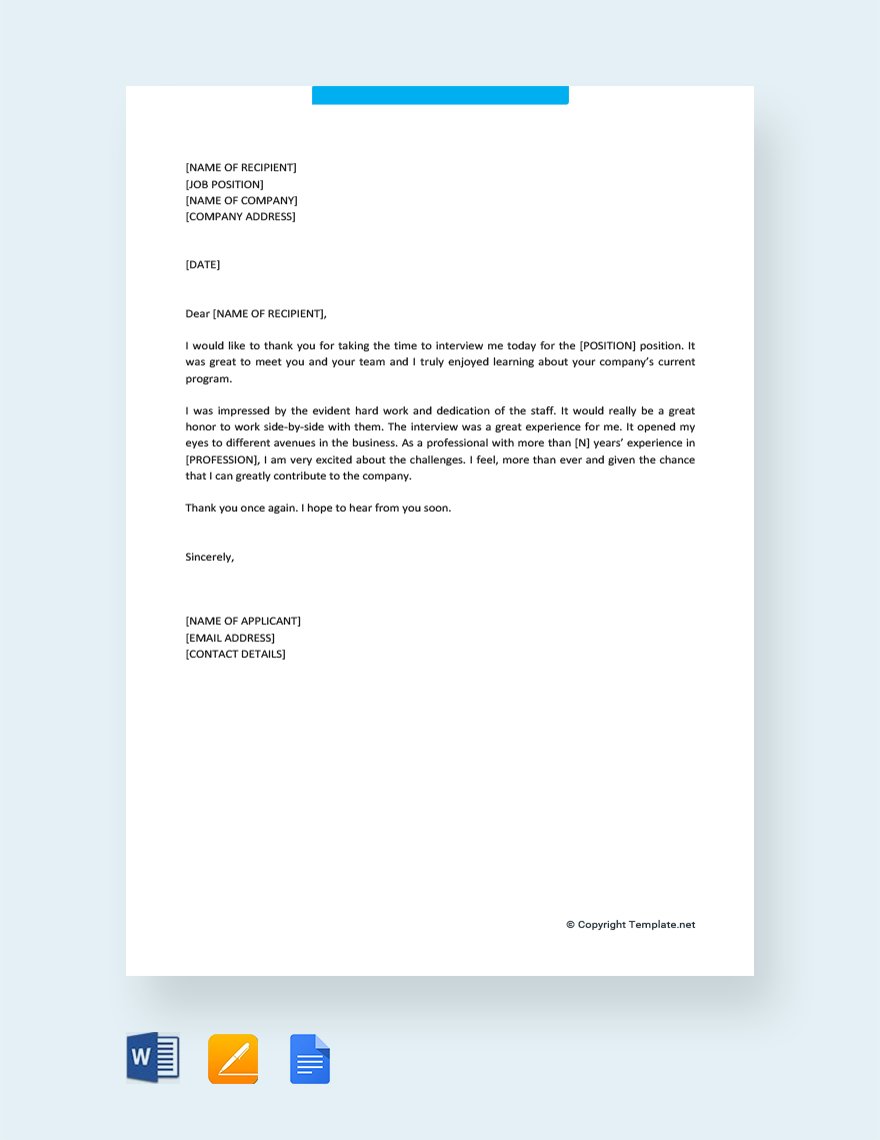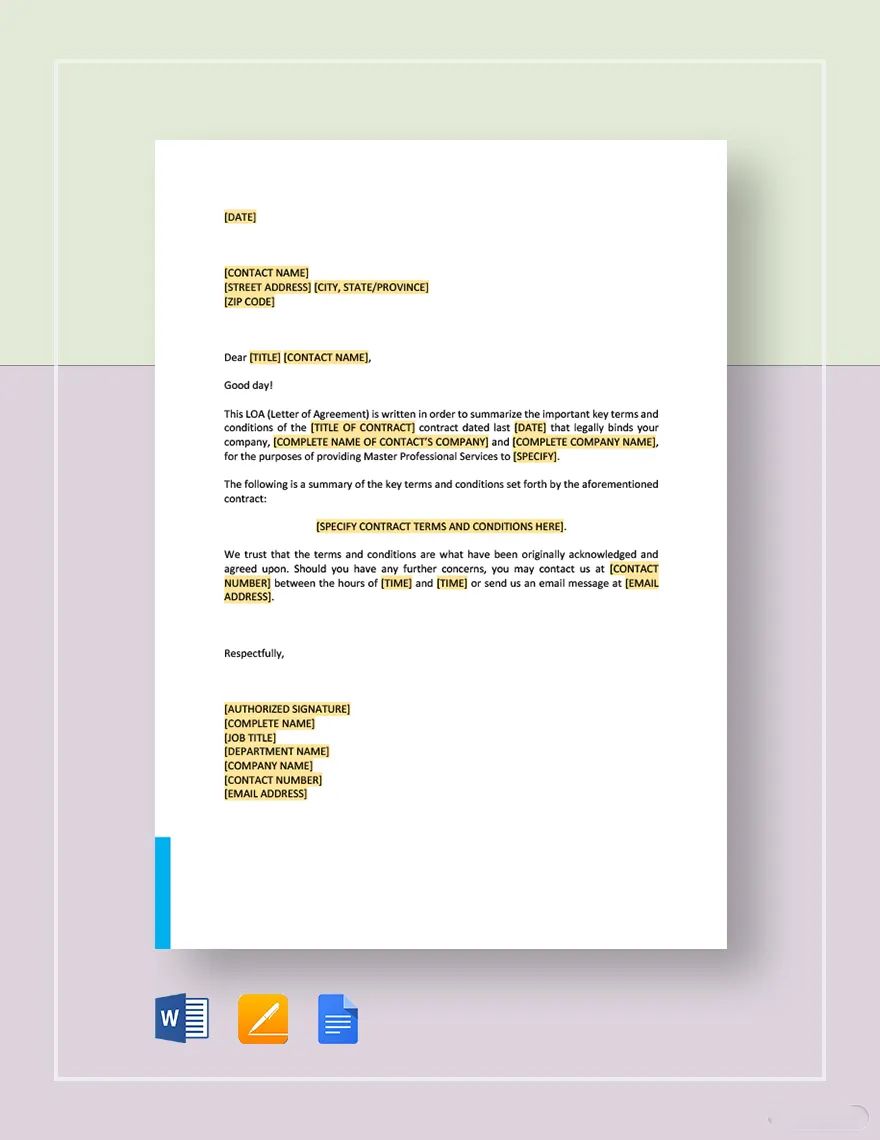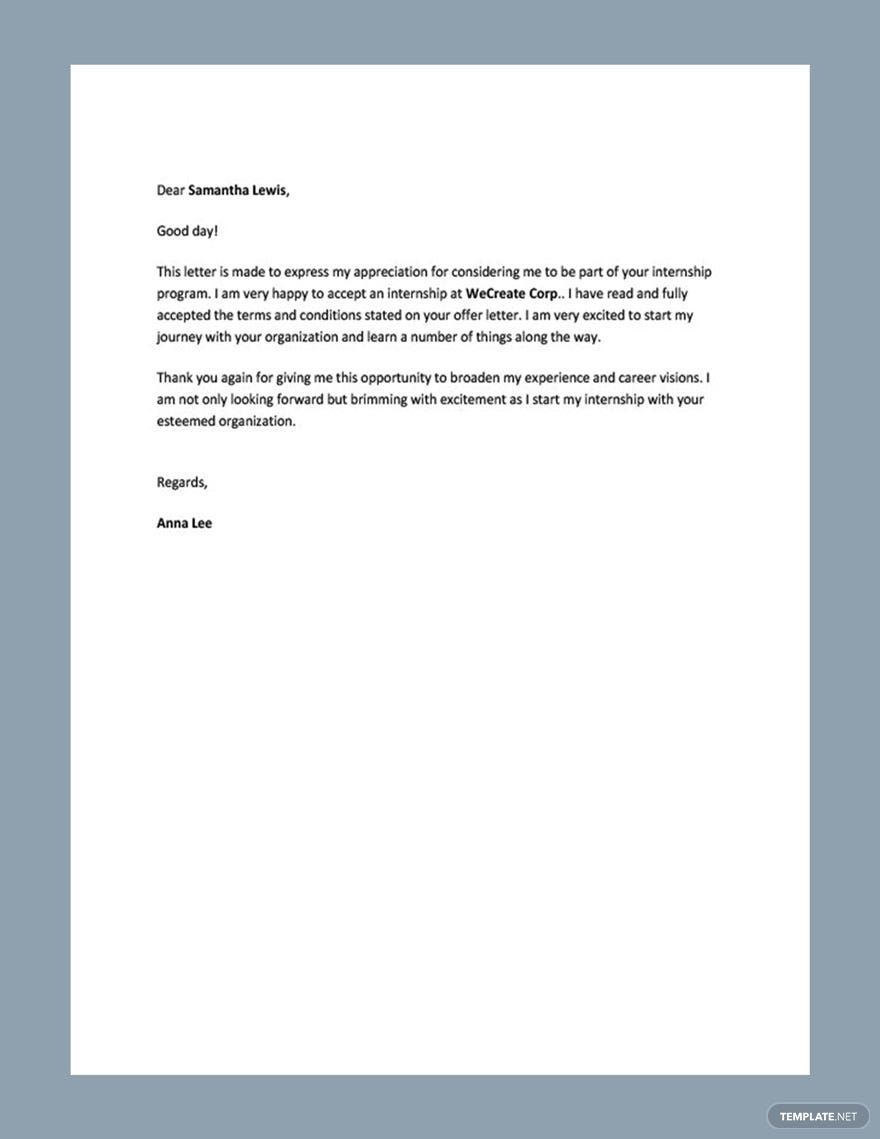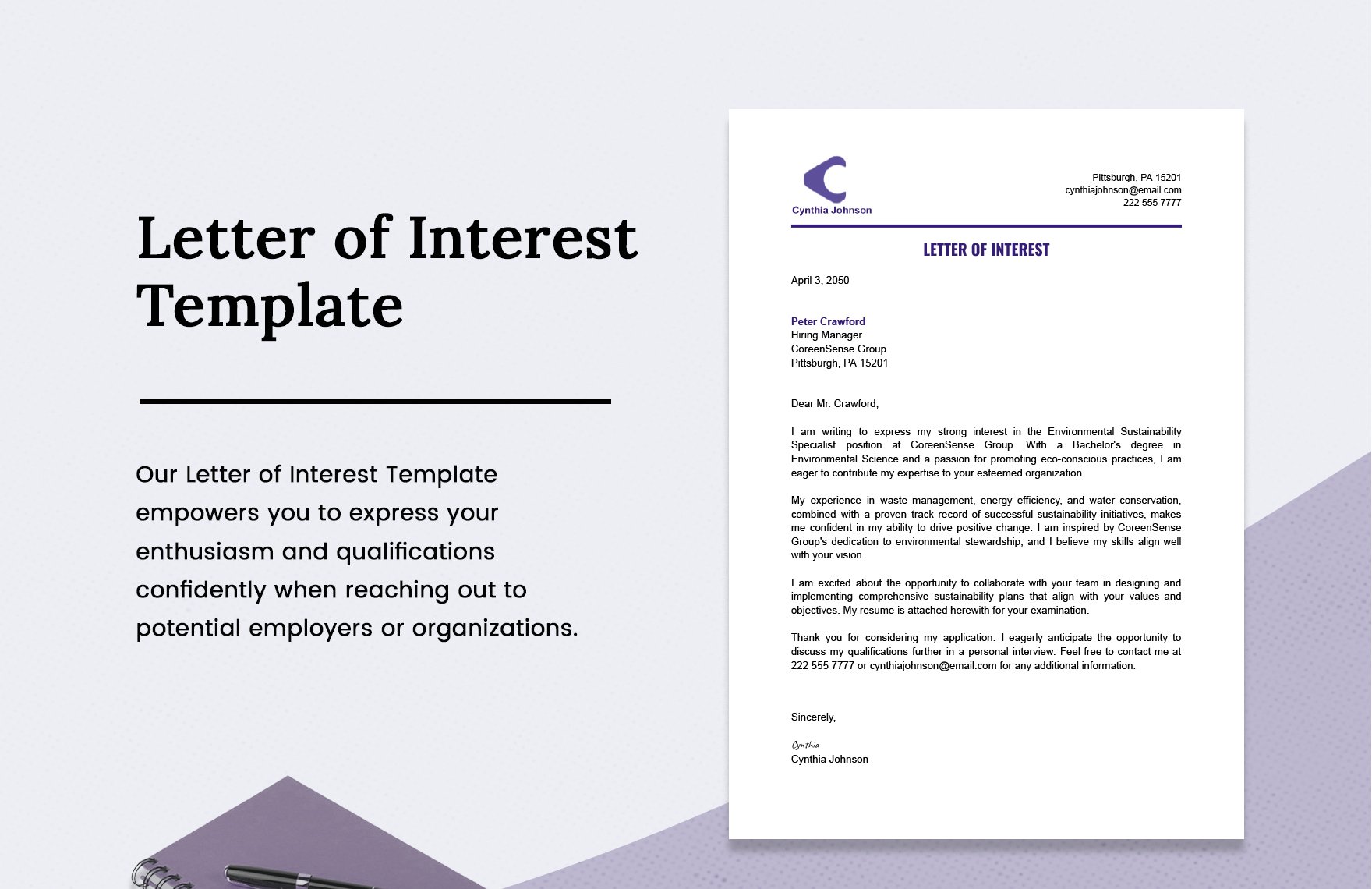Bring Your Communication to Life with Professional Letter Templates from Template.net
Keep your business and personal correspondence polished and impactful with Professional Letter Templates from Template.net. Whether you’re a budding entrepreneur or a seasoned professional, these templates are crafted to help you communicate effectively, maintain professionalism, and save time. Imagine easily drafting an impressive cover letter for your dream job or creating an invitation to a corporate event that captures attention. Each template includes essential details such as appropriate formatting, contact information, and relevant placeholders for personalization, all while ensuring no advanced formatting skills are required. Enjoy the benefits of professional-grade design and customizable layouts suitable for both digital and print distribution, ensuring every letter you send conveys the right message.
Discover the many letter templates we have on hand to suit any occasion. Selecting a template is as easy as browsing through our curated collection, swapping in your own content, and tweaking colors and fonts to match your personal or corporate branding. Enhance your letters further by dragging and dropping icons or graphics, or by adding animated text effects with our intuitive, AI-powered tools. The possibilities are endless, making the creation of high-quality letters a fun and skill-free experience. Our library is regularly updated with fresh designs, ensuring you always have access to the latest trends. When you’re finished, download your masterpiece or share it across multiple channels via print, email, or export. Collaborate in real time and ensure your communication is always professional and engaging.
